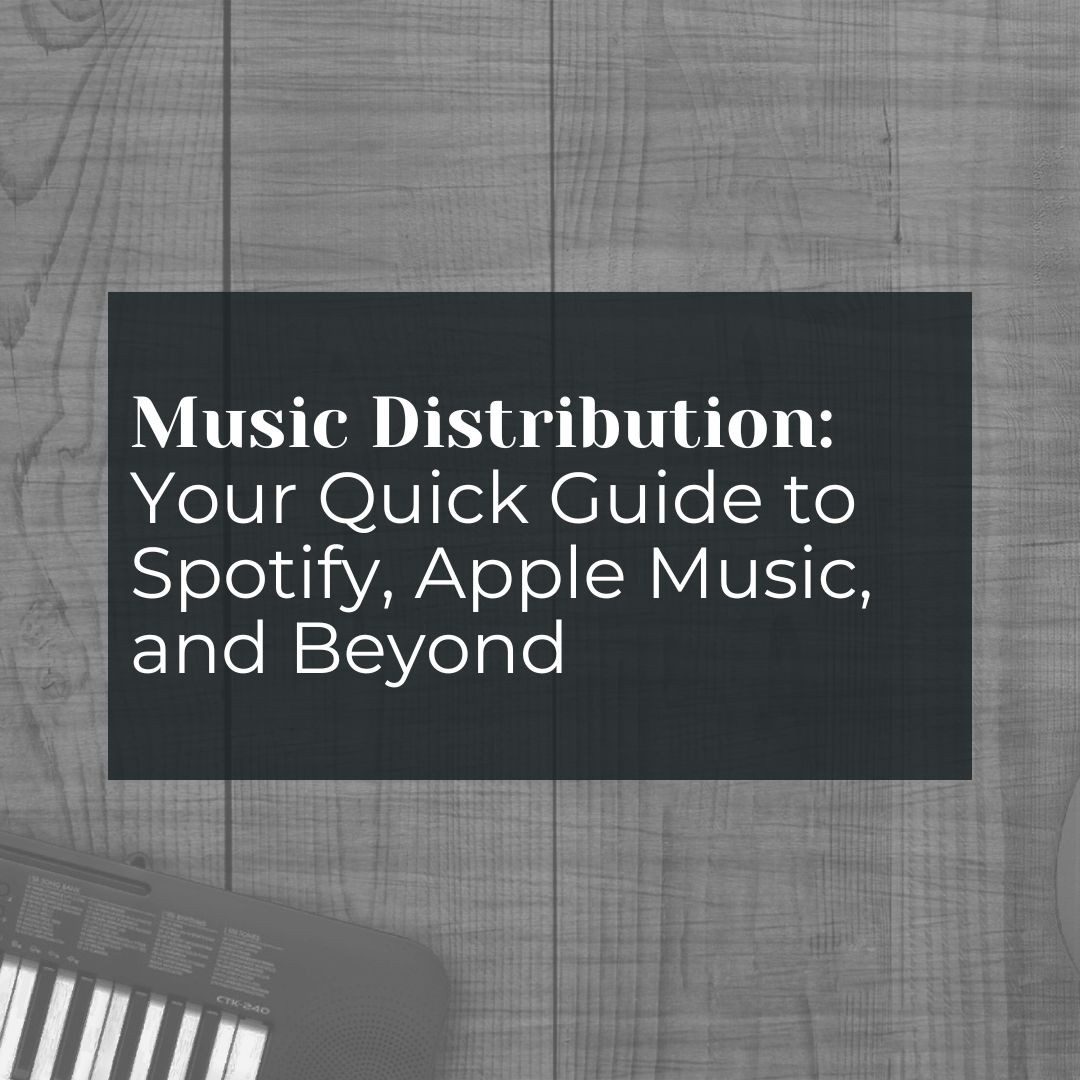
Music distribution might sound like an intimidating phrase, but it’s really just a fancy way of saying “getting your music from your laptop into the world.” The key is knowing how to send your songs to the best possible outlets—like Spotify, Apple Music, and a host of others—to ensure you reach listeners who’ll connect with your sound. More than ever, independent artists hold the power to manage their own releases, keep track of their royalties, and shape their brand’s impact. The days of needing a major label to break onto the scene are long gone, and that’s where digital music distribution steps up. This is your road map for placing your music into the hands (and ears) of people all around the globe.
Understanding the Basics of Music Distribution
Music distribution has transformed from physical CDs lining retail shelves to digital tracks streamed on smartphones worldwide. The internet changed everything. These days, “music distribution” isn’t just about a third party shipping physical copies; it’s about hooking your tracks to platforms like Spotify and Apple Music so fans can discover your art. Streaming services have arguably become the lifeblood of modern music culture, connecting artists with listeners in an instant.
Getting a handle on music distribution means you’re aware of how tracks move from your home studio to online stores, streaming sites, and even radio or TV in some cases. Distribution ensures your audience finds you wherever they like to listen. For independent creators, it’s a direct pipeline to potential fans around the world without pricey middlemen. By harnessing music distribution properly, you position yourself for growth, recognition, and—if played right—a steady stream of royalties.
Why Distribution Platforms Matter
Spotify and Apple Music are the household names, but there’s an entire universe of streaming platforms and online marketplaces out there. Tidal, Amazon Music, Deezer, Pandora, YouTube Music—each one has its own quirks and dedicated communities. Getting your music on these outlets can feel like spinning plates, especially if you’re handling everything on your own. However, these platforms connect you to potential listeners who might not find you anywhere else.
Music distribution companies can be your best allies. They’ll distribute your songs to countless outlets, handle the nitty-gritty of technical formatting, and help you collect royalties. Yes, you’ll pay them a fee or a percentage, but in exchange, your music gains exposure across dozens of services without you juggling multiple logins and file formats. It’s a timesaver and a strategic move. Plus, the more platforms you appear on, the more you increase your odds of discovery.
How to Choose Your Distribution Path
In the world of music distribution, you’ll often hear about aggregators, distributors, and label services. Aggregators, like TuneCore or DistroKid, are typical for indie artists because they have user-friendly interfaces and let you maintain ownership of your masters. Distributors, such as CD Baby, have packages that handle distribution plus extras like publishing administration. Then there are label services, which might include a distribution deal alongside marketing and promotion, but usually require some level of exclusivity or higher costs.
Selecting the right option depends on your goals. If you’re starting out and want full control, an aggregator with a simple annual fee could be perfect. If you’re craving a bit more support, a distributor that handles licensing might be your best bet. Evaluate factors like cost, royalty splits, and whether you keep your master rights. Ultimately, you want a route that respects your artistic vision while bringing your music to as many streaming platforms as possible.
Setting Up for Success on Spotify
Spotify is often the first place listeners go to find new music, and it’s no secret that landing on a popular playlist can launch your career to amazing heights. That means optimizing your presence on this platform is a crucial piece of your music distribution puzzle. Make sure your artist profile is decked out with compelling imagery, a clear bio, and links to your social channels. Listeners appreciate a quick sense of who you are, and a visually appealing profile can spark curiosity.
Playlists are your ticket to more streams. If you want to catch the eyes of playlist curators, it helps to pitch your track early, typically at least a week before its release date. Use Spotify for Artists to submit your song for playlist consideration, selecting tags that accurately reflect your genre and vibe. And don’t ignore smaller, user-generated playlists—they often have devoted listeners who will keep your song on repeat. That consistent streaming can boost your track in Spotify’s algorithm, opening the door to even bigger opportunities.
Standing Out on Apple Music
While Spotify gets a lot of attention, Apple Music is a streaming giant in its own right, known for curated playlists, exclusive releases, and a dedicated user base. The key to success here starts with your artist profile. Apple Music for Artists provides stats on streams, song purchases, and Shazam data, which you can use to refine your marketing approach. If you notice a surge of streams in a particular city, you can target that location for a live show or extra social media engagement.
Apple Music also features exclusive content, such as artist commentary, live sessions, and behind-the-scenes videos. Offering special releases or bonus content can make your brand more appealing, and fans might be more likely to share those hidden gems with friends. Think about creating a short video about the story behind your song. You’ll connect with listeners on a more personal level, which can strengthen fan loyalty and set you apart in a crowded market.
Beyond the Big Names: Other Platforms and Opportunities
Tidal boasts high-fidelity audio and a reputation for rewarding artists more generously, making it a prime spot for audiophiles and dedicated music fans. Deezer is another global platform with significant reach. YouTube Music, on the other hand, extends your songs to the video-oriented crowd and has a built-in audience that’s massive. Each platform has a personality, so consider tailoring your content for each one.
Think about Bandcamp, too. It’s ideal for artists who prefer a direct-to-fan approach and want to keep a larger portion of their sales. Fans on Bandcamp often embrace a pay-what-you-want philosophy, which can surprise you with bigger-than-expected payments. This platform also lets you sell merchandise, vinyl, and other physical collectibles, giving fans a tangible piece of your art. The direct support helps you cover production costs and maintain a sustainable career.
Pre-Release Strategies for Maximum Impact
A strong pre-release strategy sets the stage for successful music distribution. Start by sharing teasers of your track’s artwork, short video snippets, or behind-the-scenes photos from your recording sessions. This not only builds anticipation but also whets your audience’s appetite, so they know exactly when your music is hitting platforms like Spotify and Apple Music. If you can, pair up with a fellow musician or influencer to cross-promote. Joint Instagram Lives or short collaborations can introduce you to new listeners who follow your partner’s work.
Many artists use pre-save campaigns as a way to drive streaming numbers. A pre-save link allows fans to automatically add your upcoming track to their Spotify or Apple Music libraries. When release day arrives, your track shows up in those libraries without any extra clicks. This jumpstarts your stream count and can even impact how the platform algorithms view your track. If the algorithm sees strong early engagement, it’s more likely to recommend your music to new listeners.
Maintaining Momentum Post-Release
Your work doesn’t end once your song goes live. This is when the real hustle begins. Engagement with fans is crucial—respond to comments, share user-generated content on your social channels, and thank listeners for their support. Encouraging conversation around your music keeps excitement levels high and can turn casual listeners into loyal supporters.
Playlist placements often evolve after release day. Keep pitching your track to new curators, especially if your song fits a specific mood or theme. Sometimes, a track doesn’t catch on immediately, but a well-targeted playlist submission weeks or months later can spark renewed interest. Also, keep monitoring your analytics. Watch for trends in listenership, like location-specific spikes or day-of-week streaming patterns. This data helps you refine your marketing approach and possibly plan shows in areas where you’re generating the most buzz.
Navigating Royalties and Payments
One of the most important reasons to choose a reliable music distributor is ensuring you get paid for your work. Each streaming platform has its own royalty structure, and your distributor collects these payments on your behalf. Be sure to read the fine print. Some distributors take a percentage of your revenue, while others charge a flat fee. Decide which model fits your career stage and release frequency.
It’s also wise to explore publishing royalties. Streaming services pay out composition royalties for songwriters and composers, in addition to performance royalties for the actual recorded track. If you write your own songs, registering with a Performing Rights Organization (like ASCAP, BMI, or SESAC in the U.S.) is a good way to receive your rightful share of those publishing royalties. And don’t forget mechanical royalties—platforms like Spotify generate them each time your song is played. With the right setup, you can see these varied revenue streams come together, supporting your musical ambitions in tangible ways.
Balancing Promotion Across Multiple Channels
While getting on major streaming platforms is central to music distribution, balancing promotion is equally important. Social media presence—through Instagram, TikTok, Twitter, Facebook—helps you maintain a direct line of communication with your fans. Each platform has its own demographic and style, so tailor your content accordingly. TikTok is all about short, snappy videos, whereas Instagram might showcase beautiful visuals and heartfelt captions. Meanwhile, Twitter is perfect for quick thoughts and witty remarks.
Consider email marketing if you want a more personal approach. When fans sign up for your mailing list, they’re giving you permission to reach them directly, which can be priceless for announcing new releases or upcoming shows. A small but engaged email list can actually be more powerful than thousands of passive followers. Plus, direct messages tend to have higher open rates compared to social media algorithms that might bury your posts.
Measuring Success and Adapting
Music distribution is never a one-and-done deal. It’s an ongoing process that evolves along with your career. Keep track of your streaming numbers, playlist placements, and social engagement to see where your strategy is taking you. If certain platforms are giving you better results, lean into them. If you notice a dip on another platform, brainstorm ways to reignite interest—maybe a targeted ad campaign, a collaboration, or a fresh piece of content.
Adaptation is key. The digital landscape changes quickly. New streaming services pop up, and existing ones update their algorithms. Keep your eyes on industry news, talk to other artists, and join forums or communities. The more you stay informed, the better you can pivot when something shifts. If you’re always looking for fresh opportunities, you’ll keep your distribution strategy sharp, relevant, and effective.
Real Stories from Independent Artists
All the technical advice in the world can’t compare to seeing how other artists have tackled music distribution. Some thrive by focusing on Spotify’s editorial playlists, working tirelessly on the perfect pitch each time they release something new. Others swear by Bandcamp, enjoying the direct-to-fan support model that fosters a sense of community. Meanwhile, certain musicians flourish on YouTube Music by posting official lyric videos and behind-the-scenes footage that draws in visual-oriented fans.
The bottom line is that every artist’s journey is unique. Learn from others, but tailor your approach to your style and audience. Gather feedback from your most dedicated listeners, ask them where they prefer to stream your music, and keep them involved in your creative process. They’ll feel invested, and you’ll gain valuable insights.
Crafting Your Legacy Through Distribution
Music distribution doesn’t just expand your audience; it can shape your legacy. When your songs are available on multiple platforms, you’re giving them a chance to remain accessible for years to come. That’s an incredible thought: someone could stumble upon your track years down the line and find inspiration, solace, or pure enjoyment from what you created.
Focusing on distribution strategy is also an act of self-care for your career. Instead of leaving your future in the hands of luck or gatekeepers, you’re actively controlling how and where your music is discovered. That sense of empowerment can fuel your drive, spark your imagination, and encourage you to push your artistry to new heights.
Final Encouragement
No matter how big or small your current fanbase might be, the potential for growth through thoughtful music distribution is enormous. You have the tools to connect with thousands—maybe millions—of people worldwide. By choosing the right platforms, refining your promotional tactics, and staying true to your sound, you’re setting yourself up for remarkable achievements.
Stay confident, stay creative, and remember that every track you release is a new opportunity. That’s the beauty of the digital era: the horizon is wide open, and your music can find its way into headphones and hearts all across the globe. Keep pushing forward. Someone out there is waiting to hear the art only you can create, and with the right distribution plan, they’ll find it.
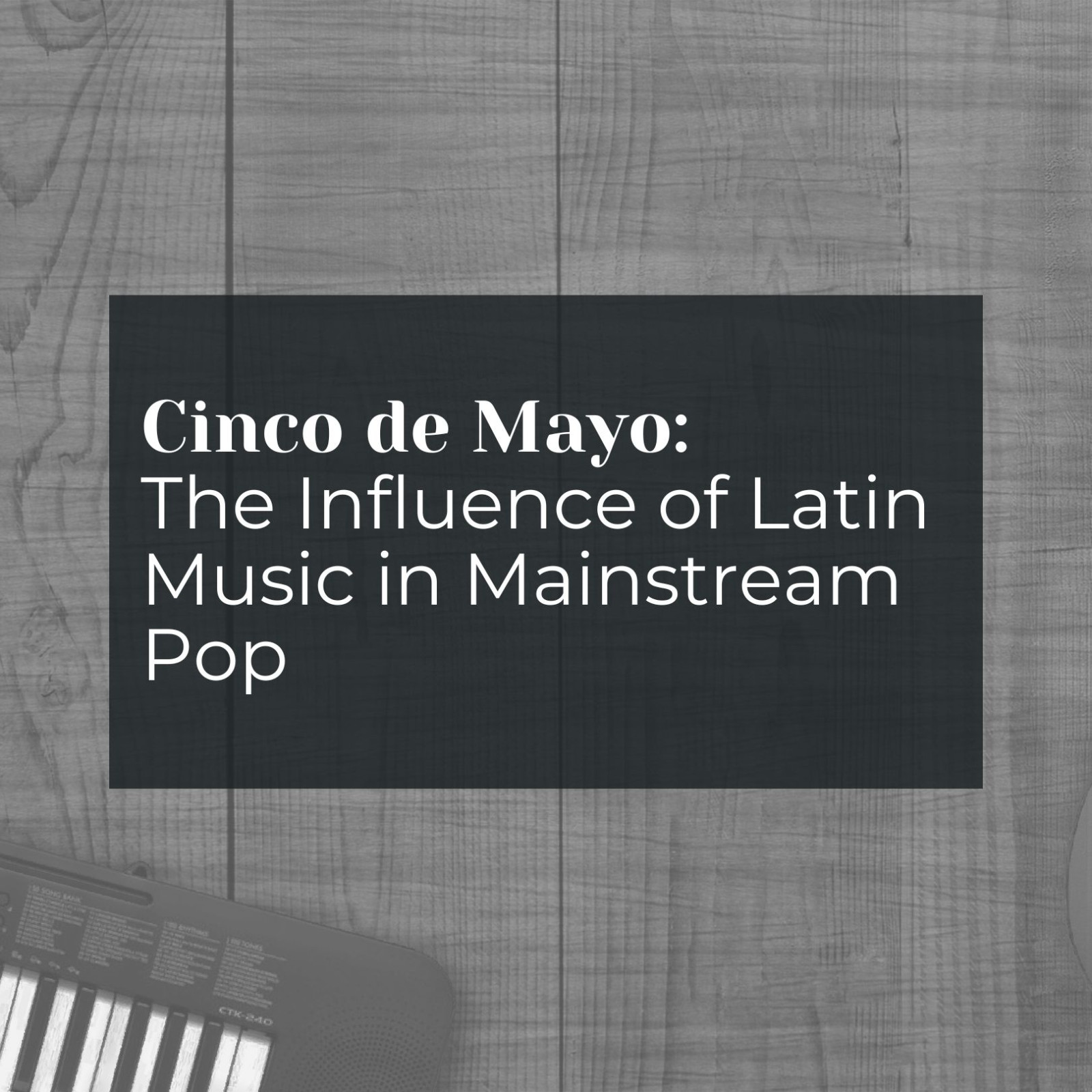
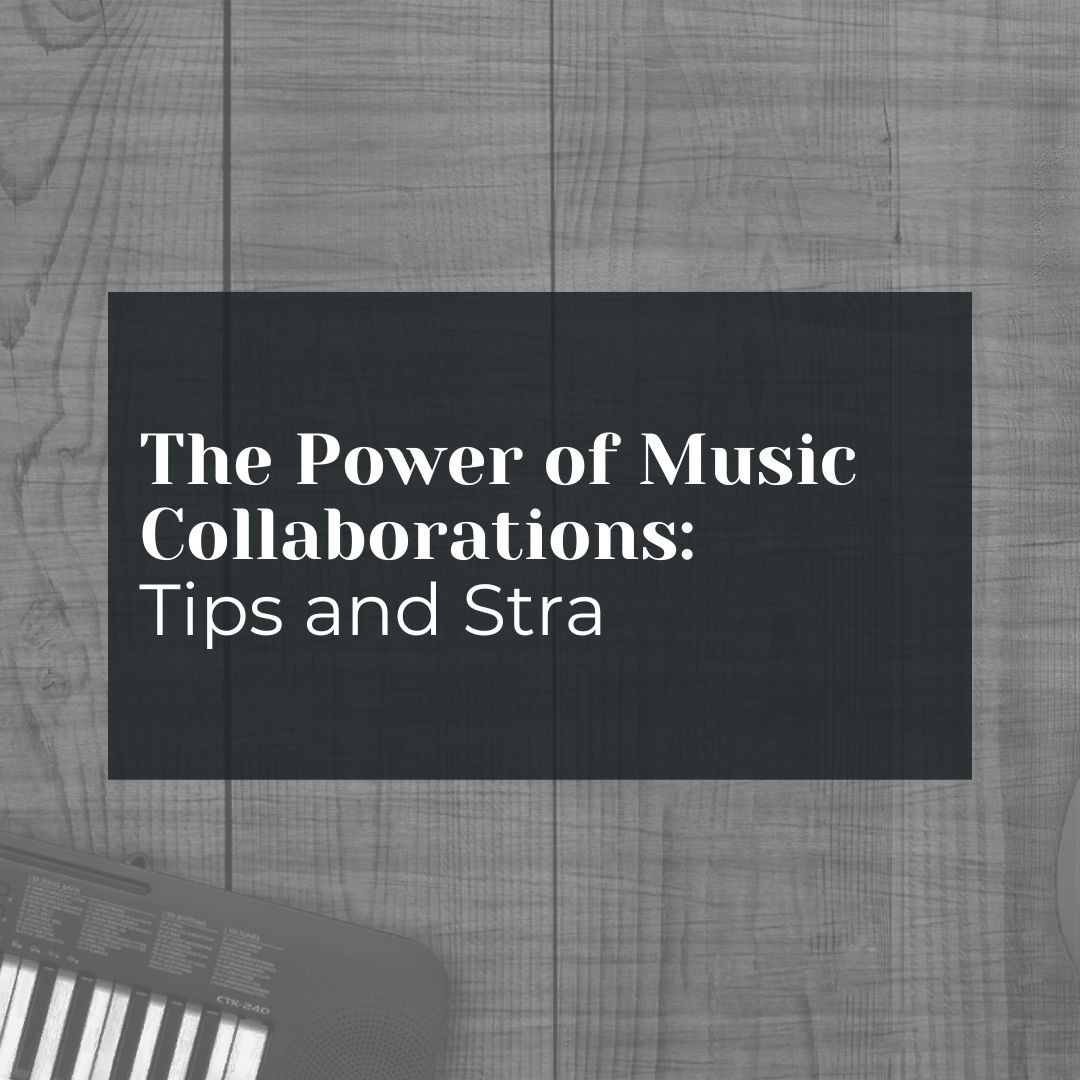


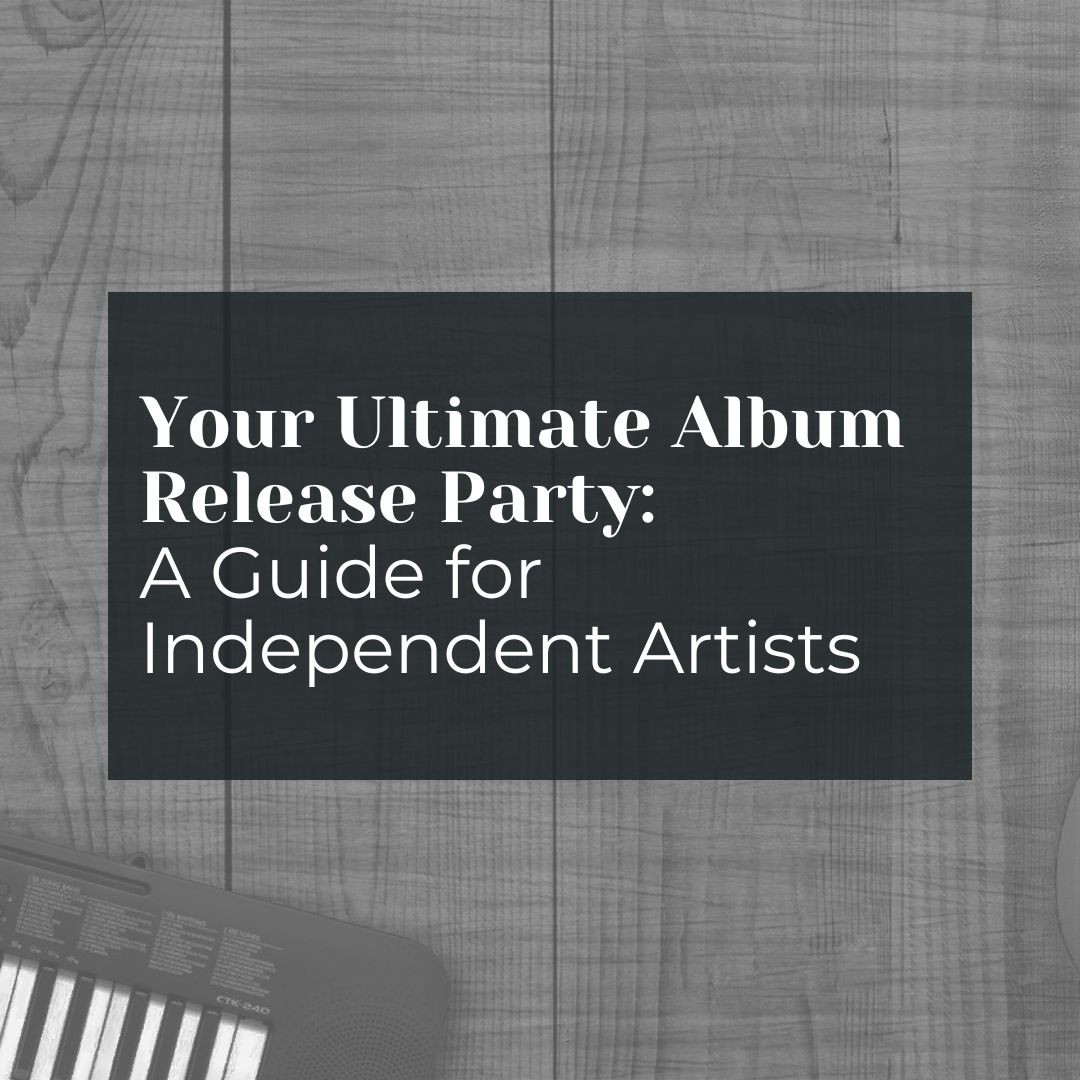
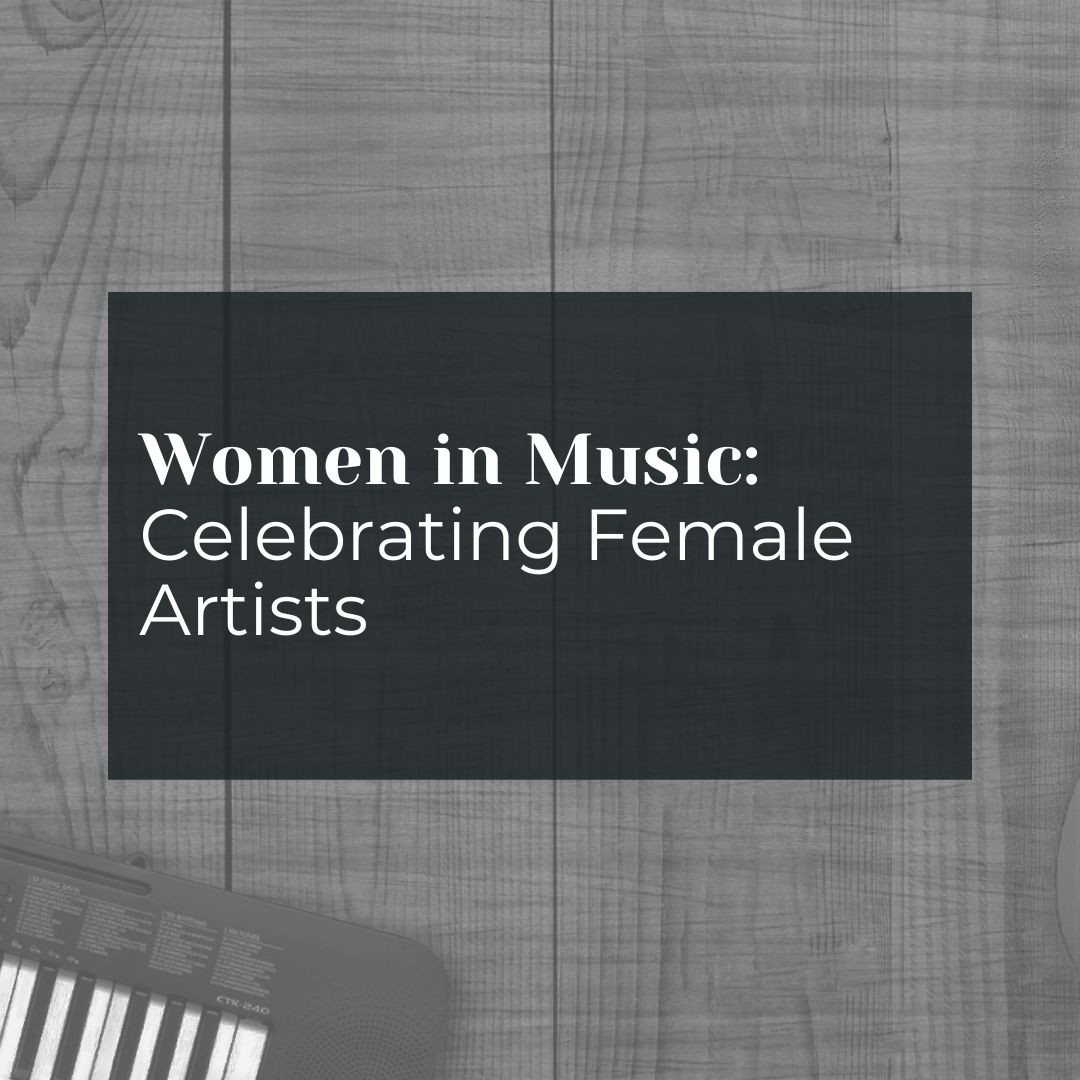
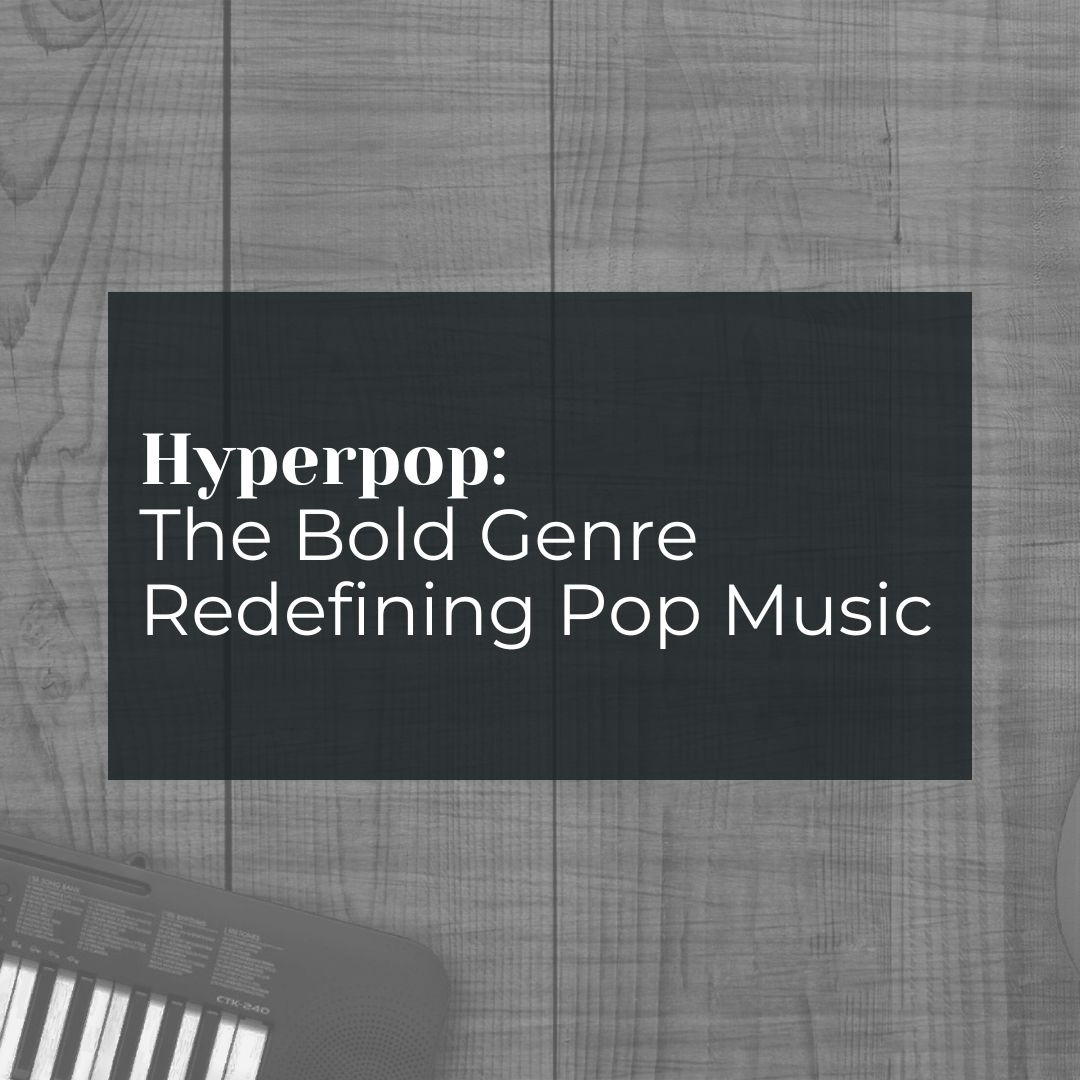
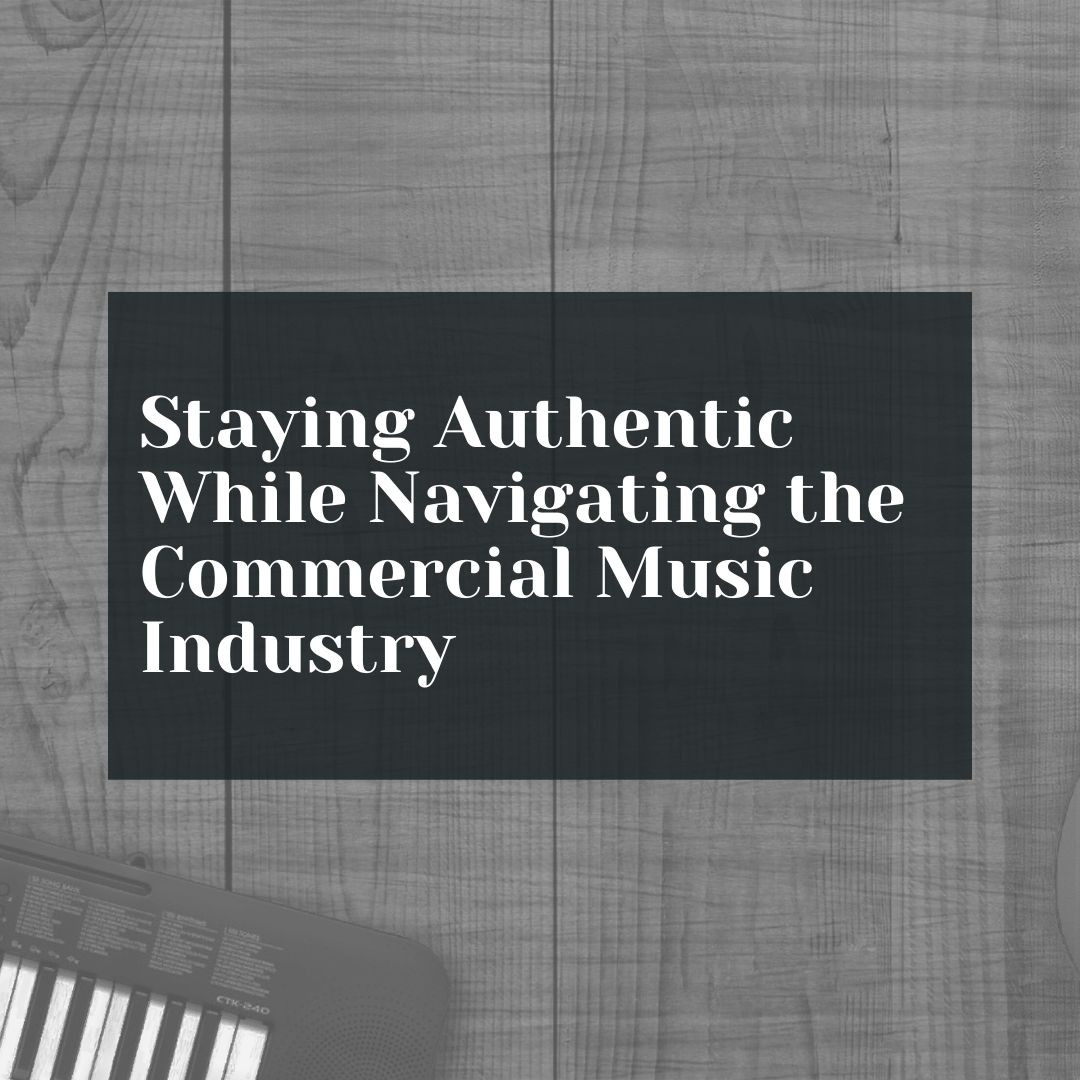
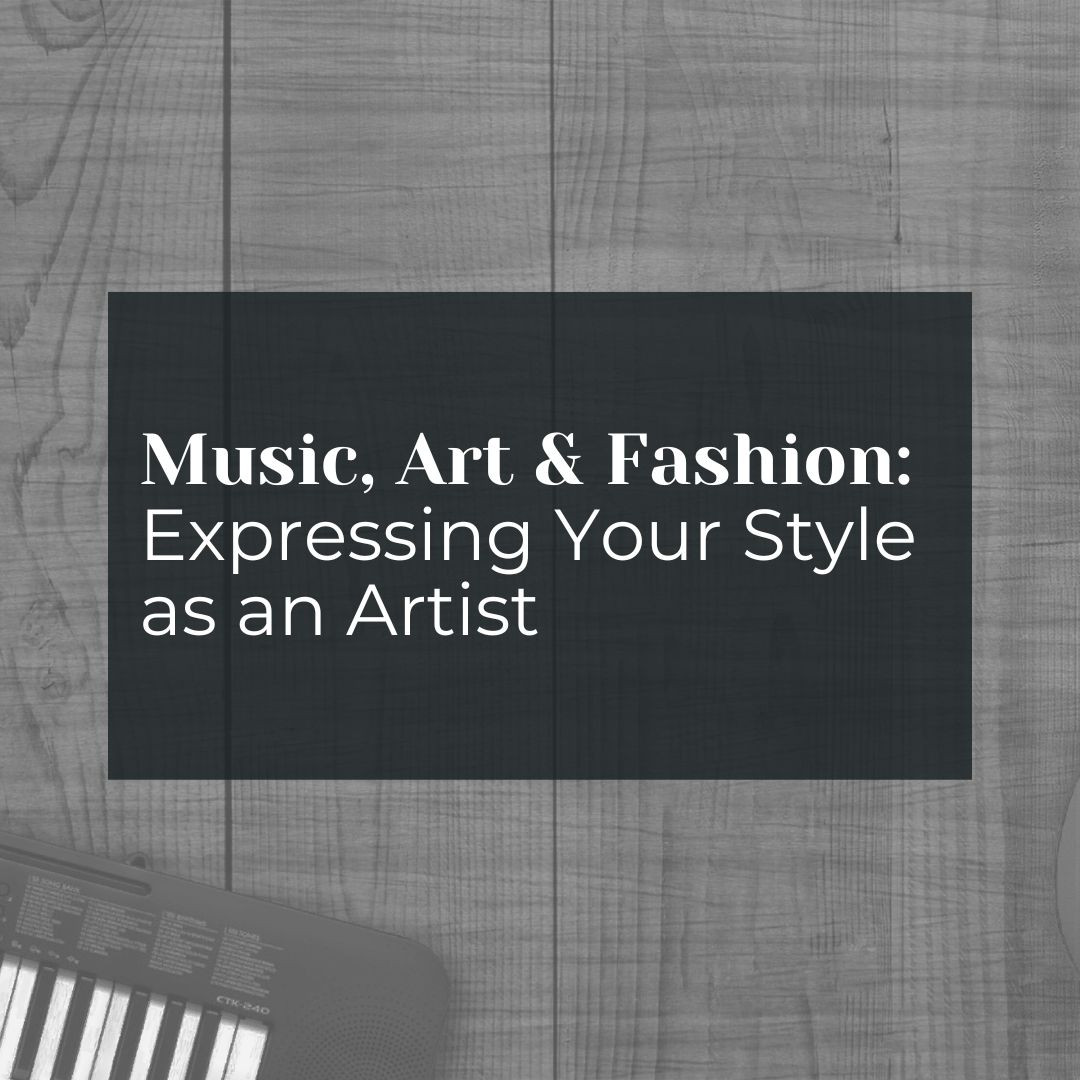
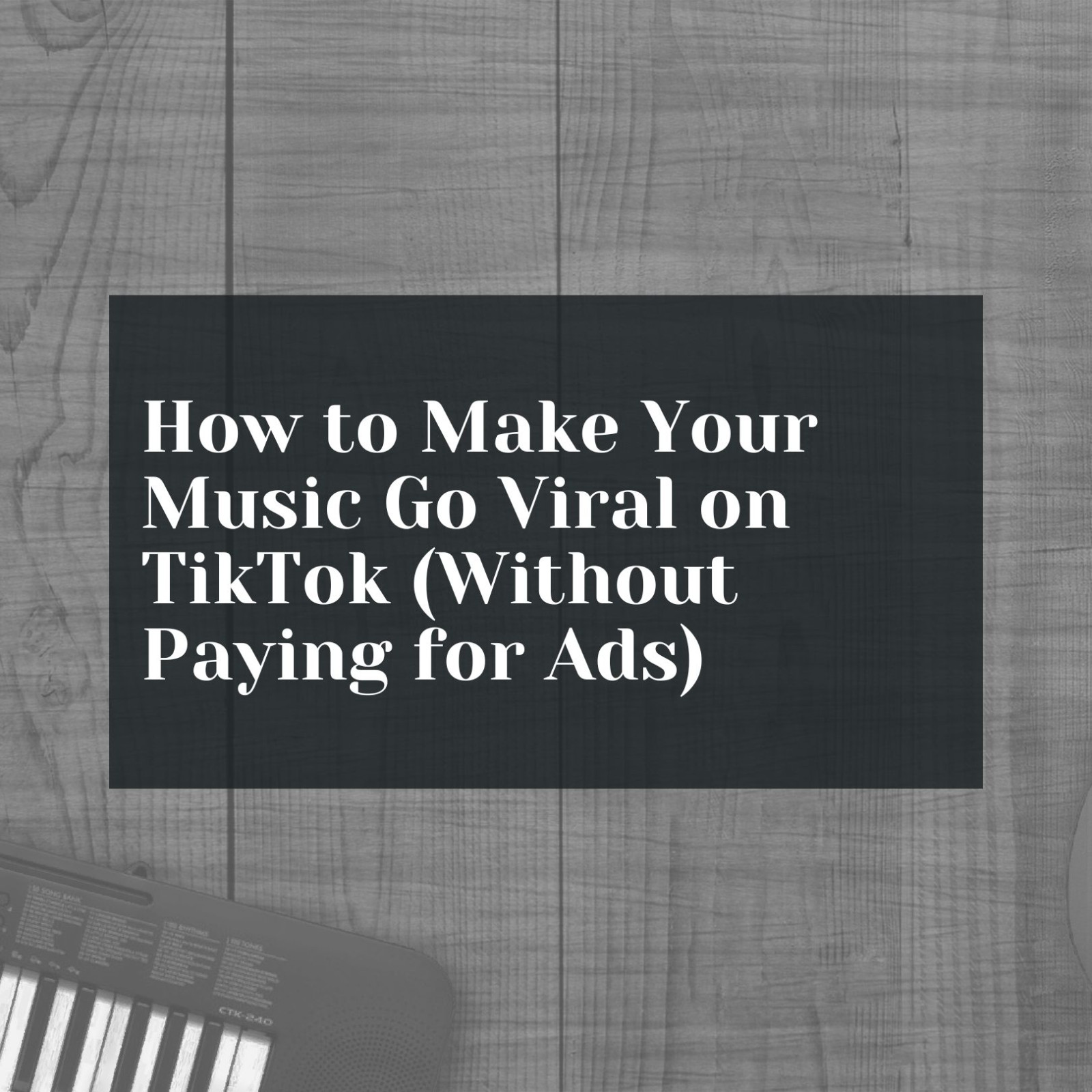
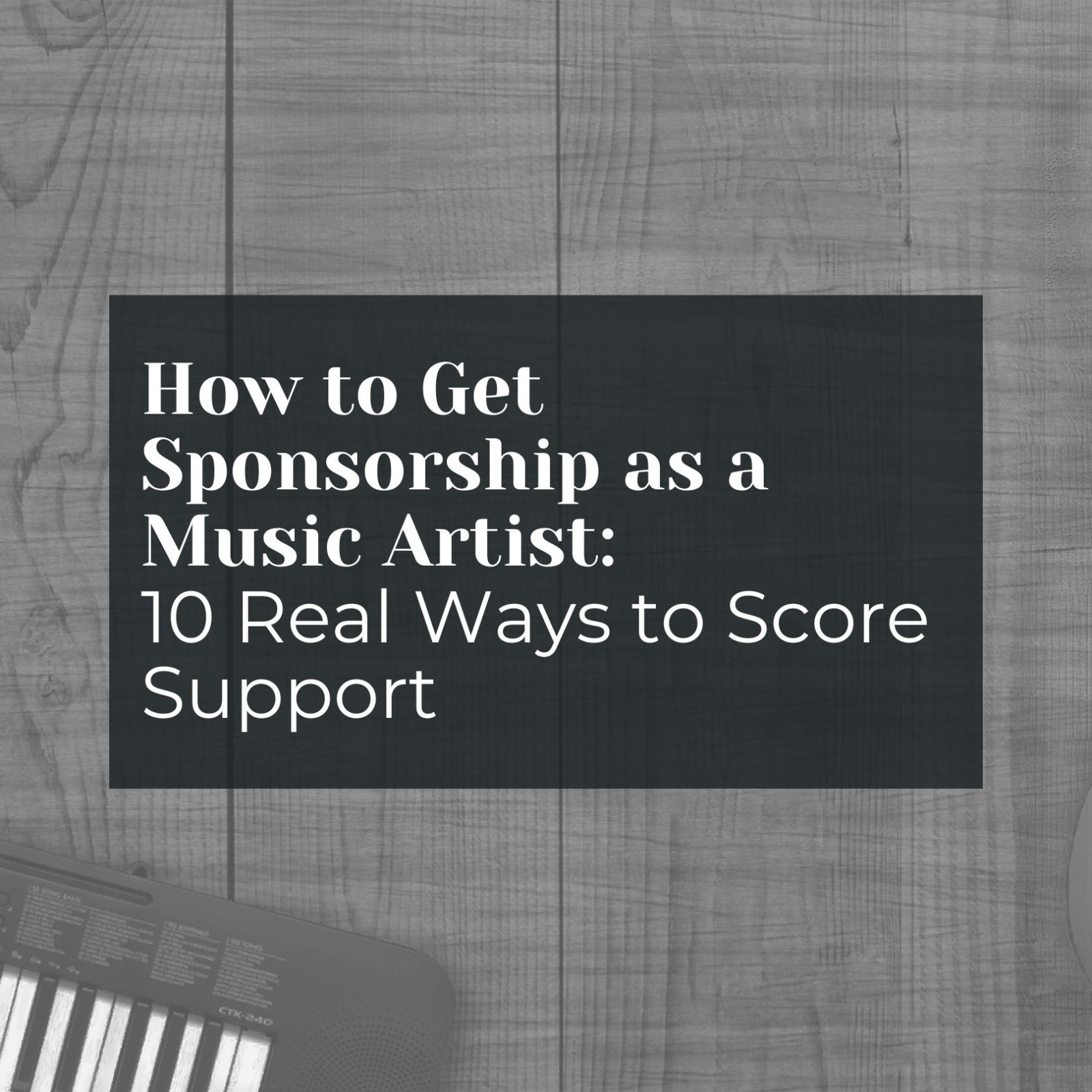
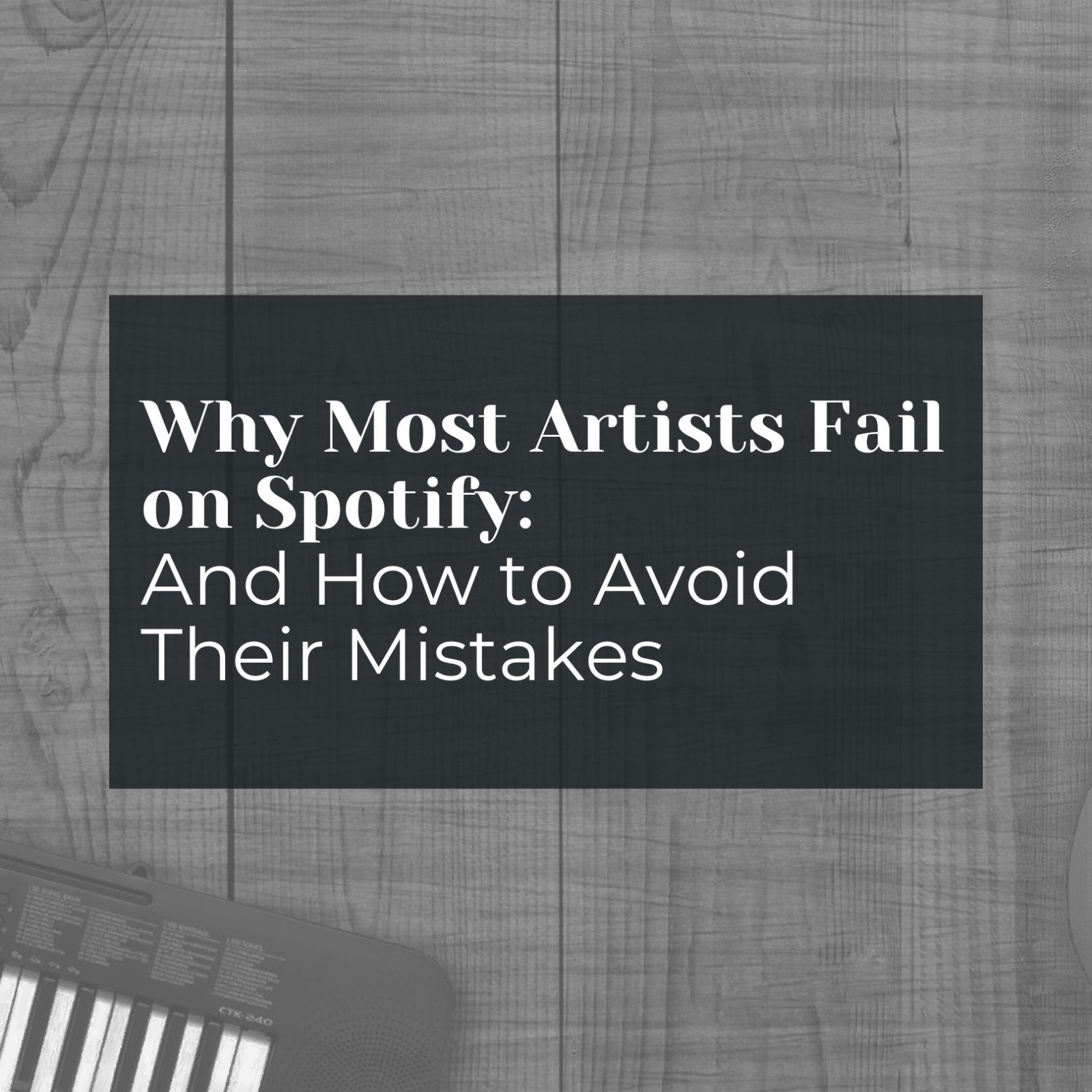
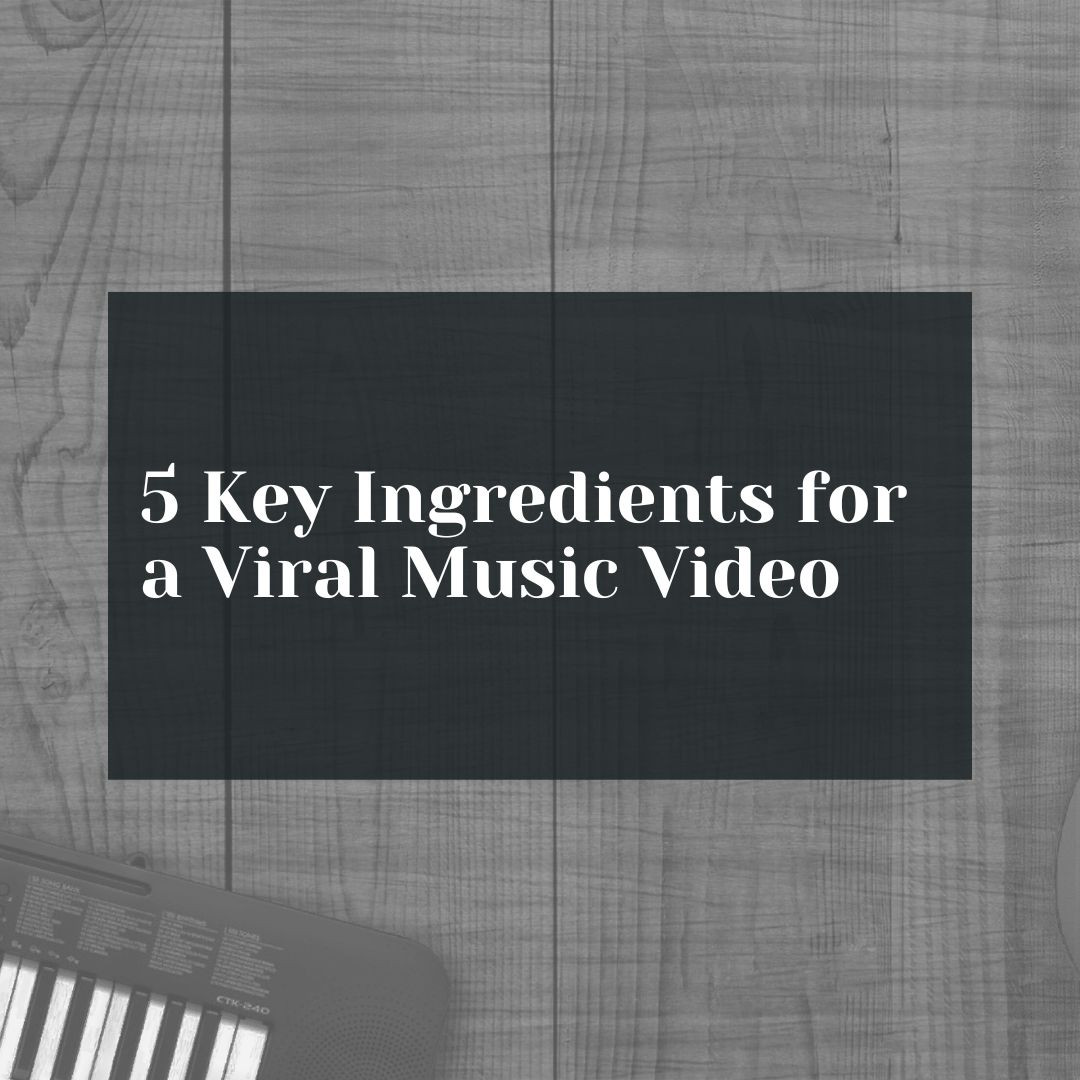
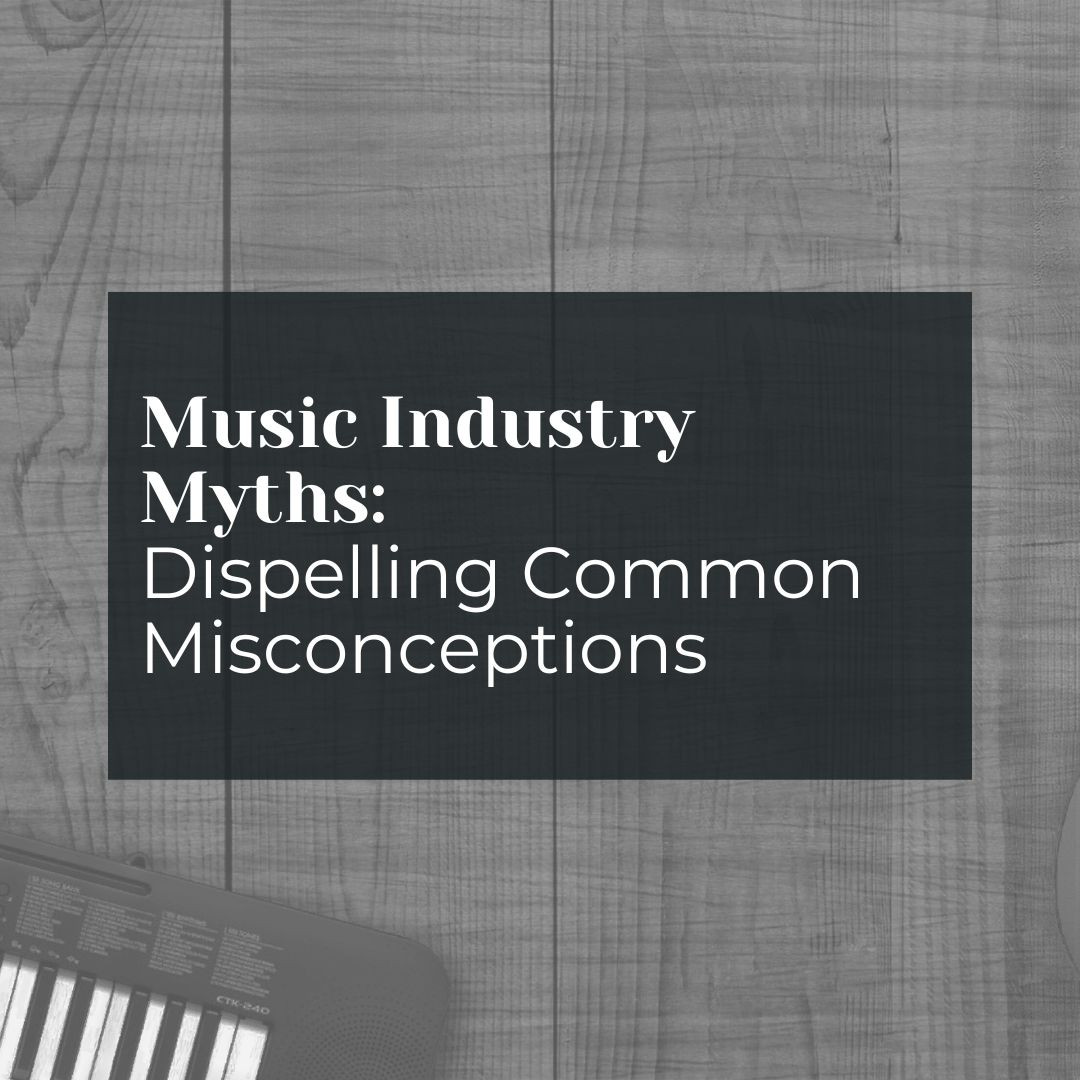
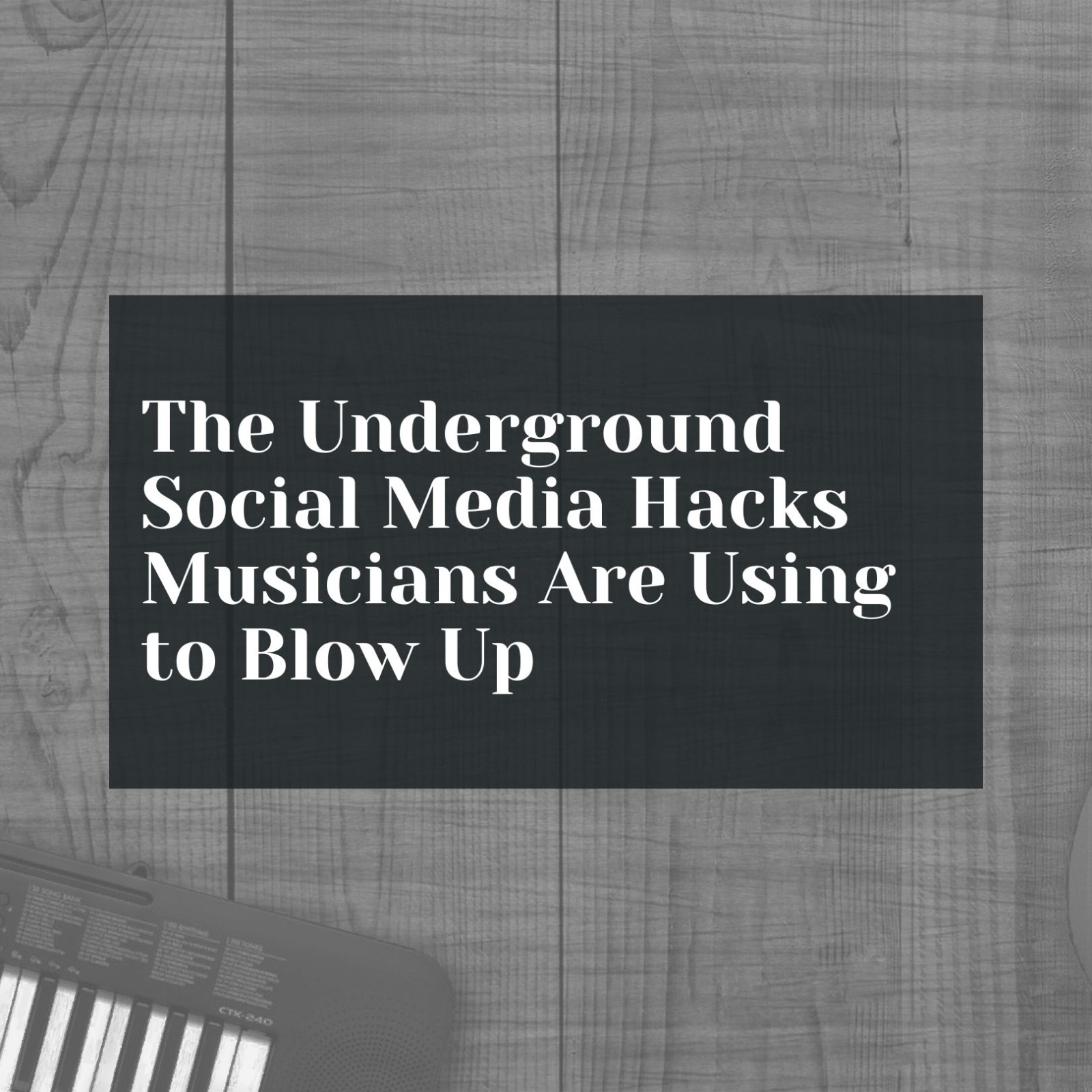
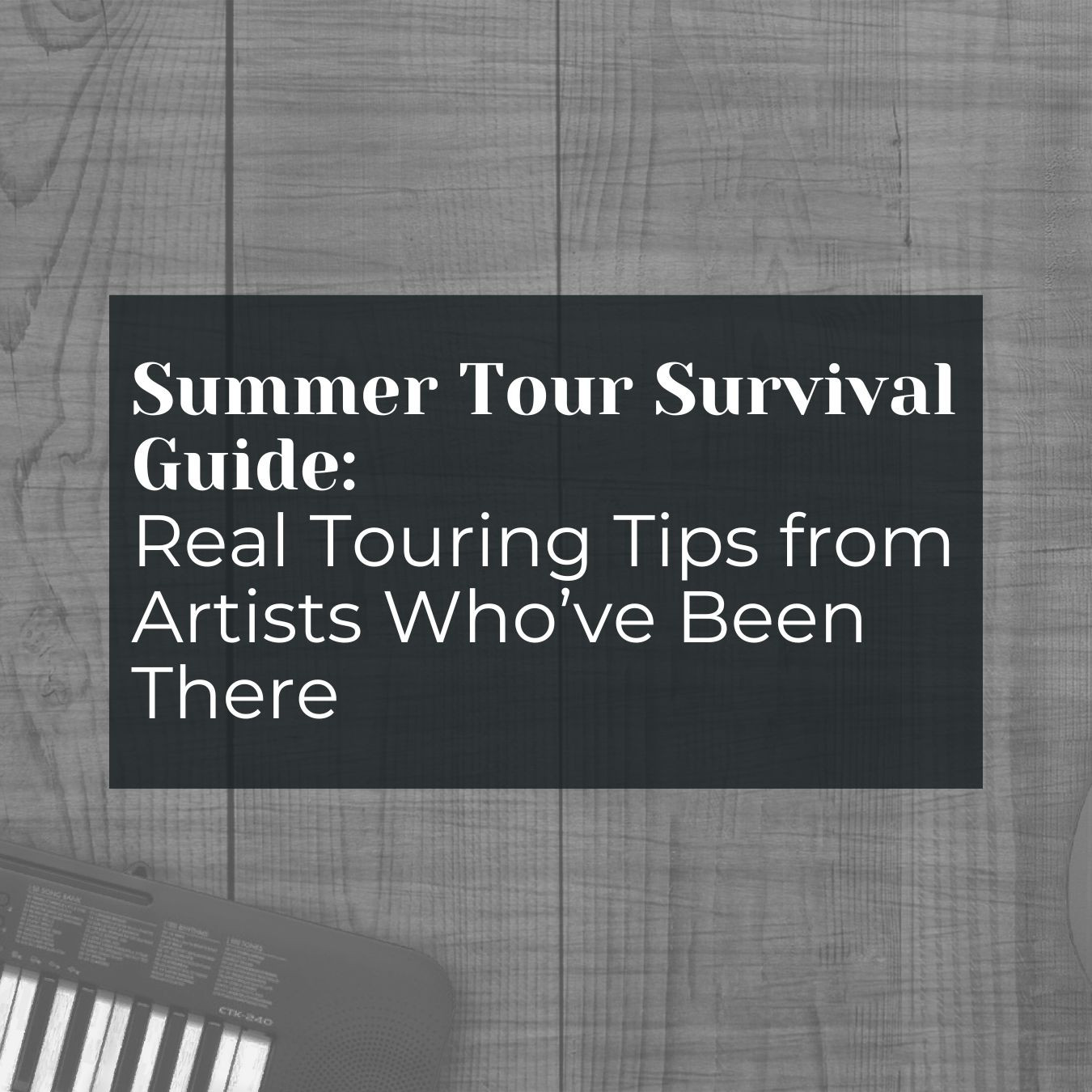
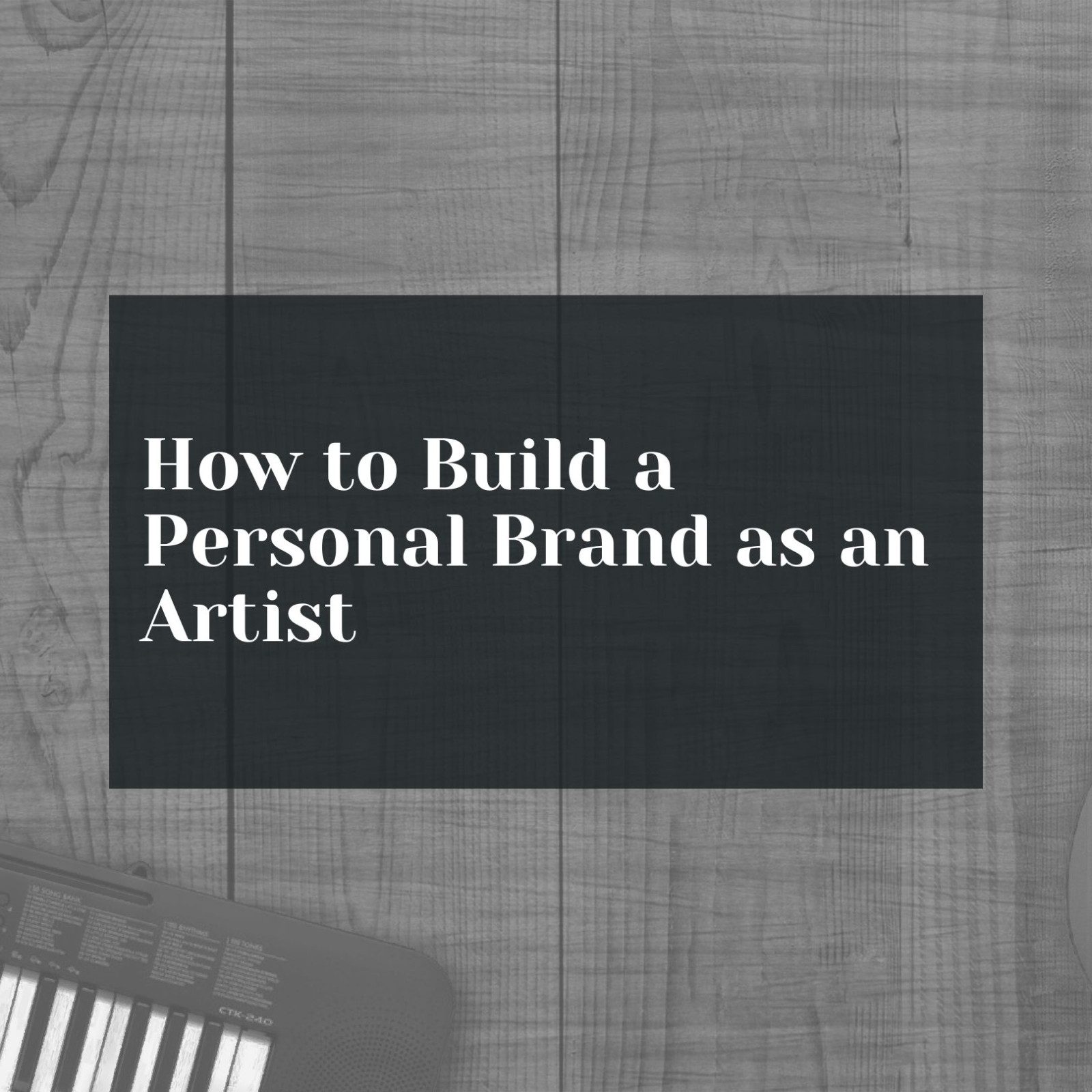
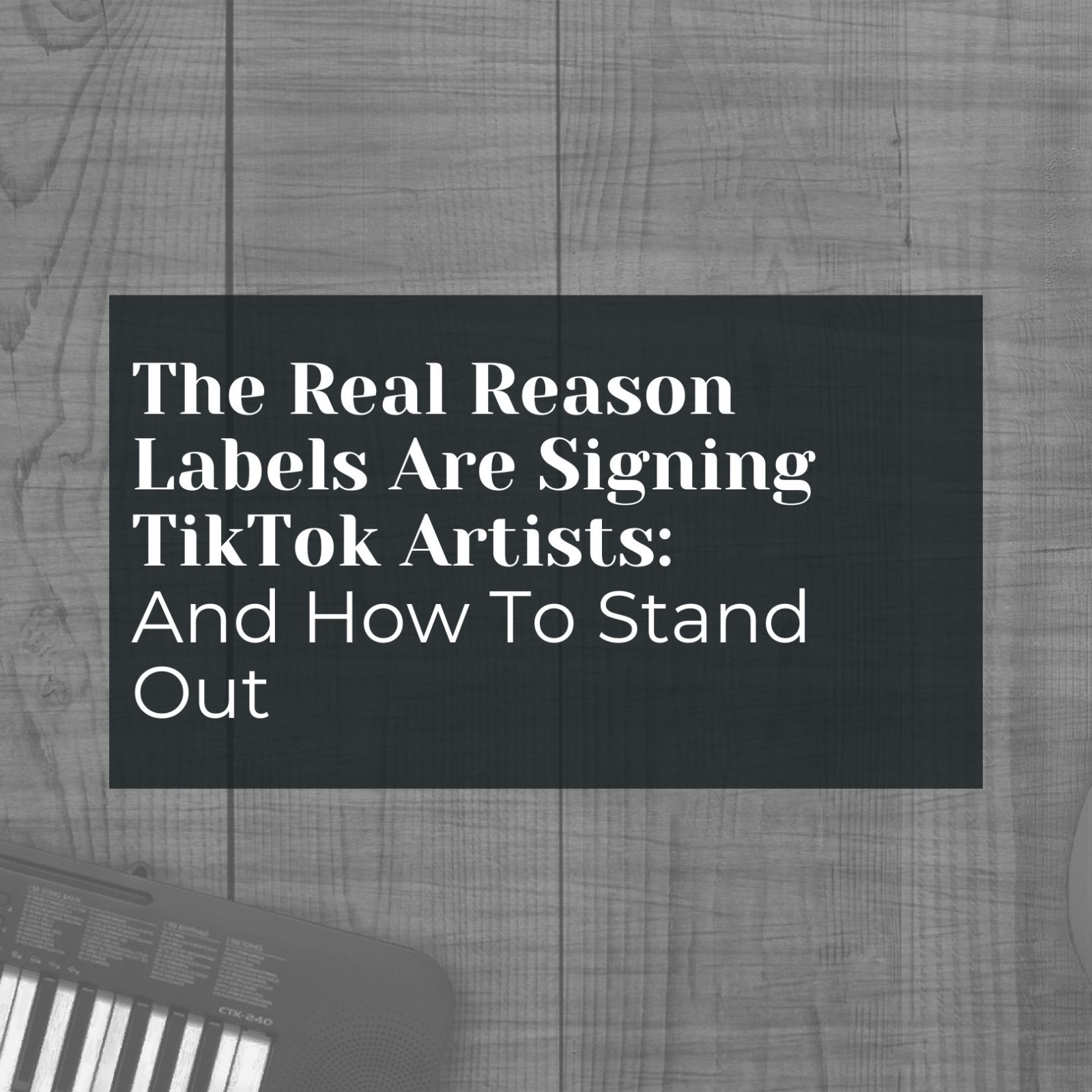

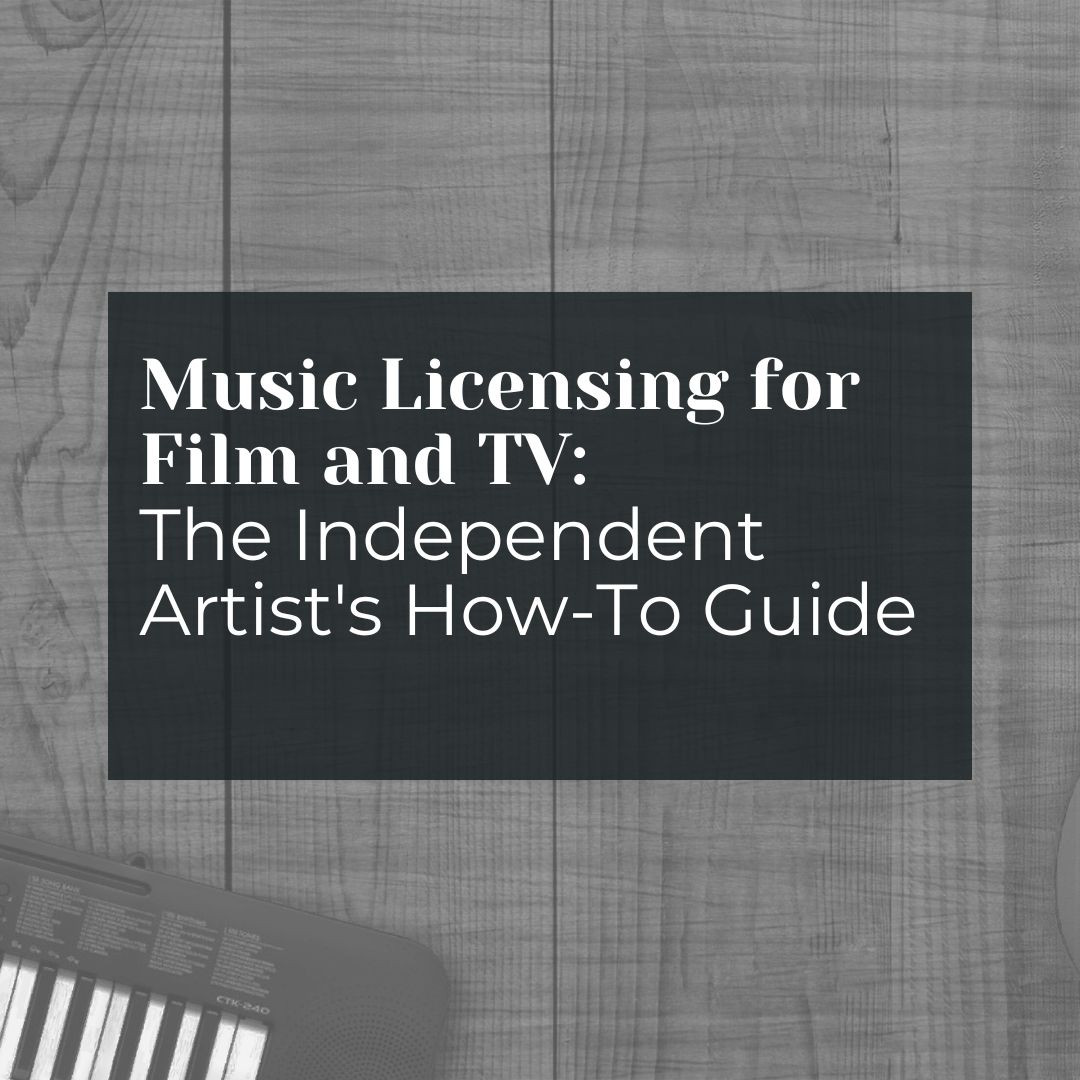
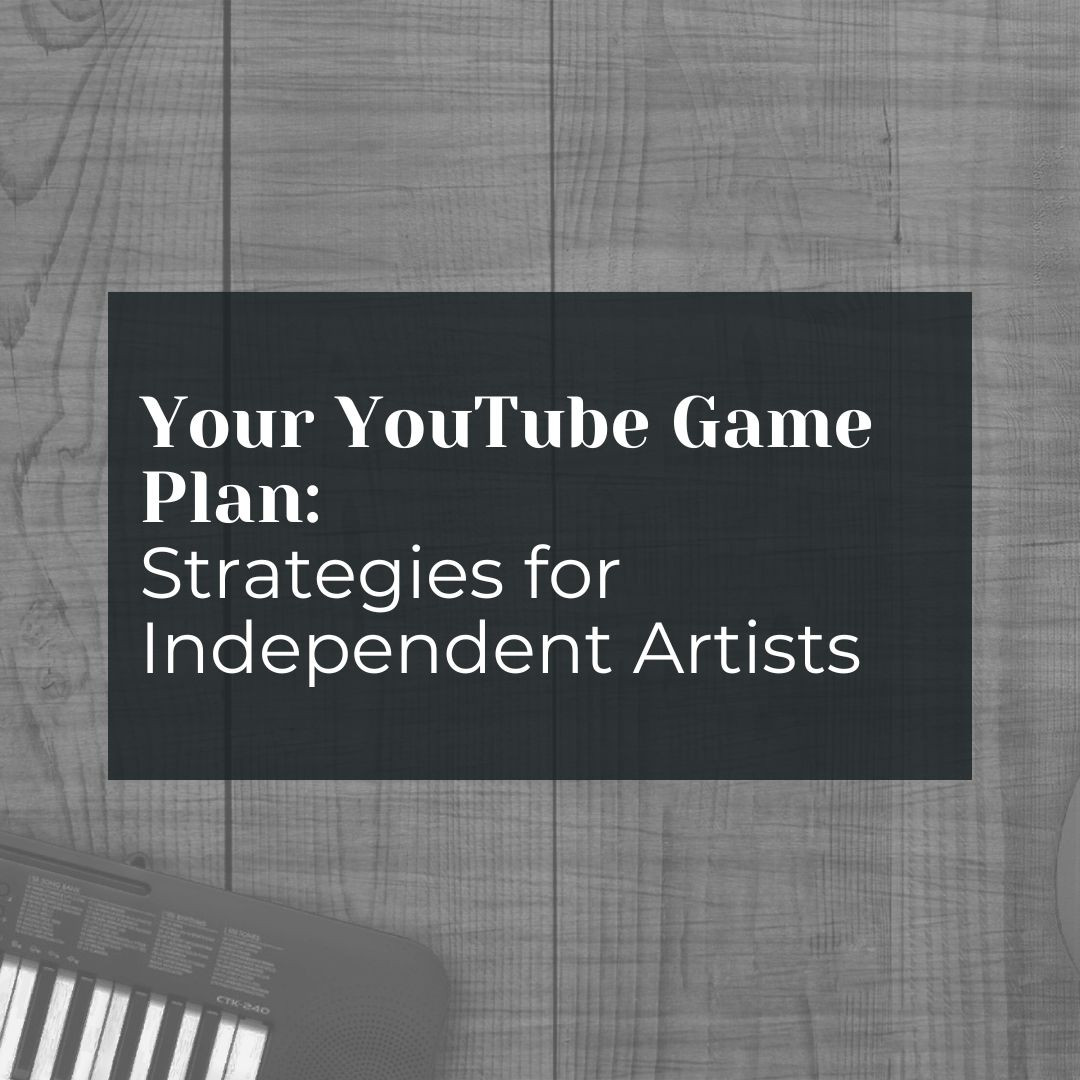
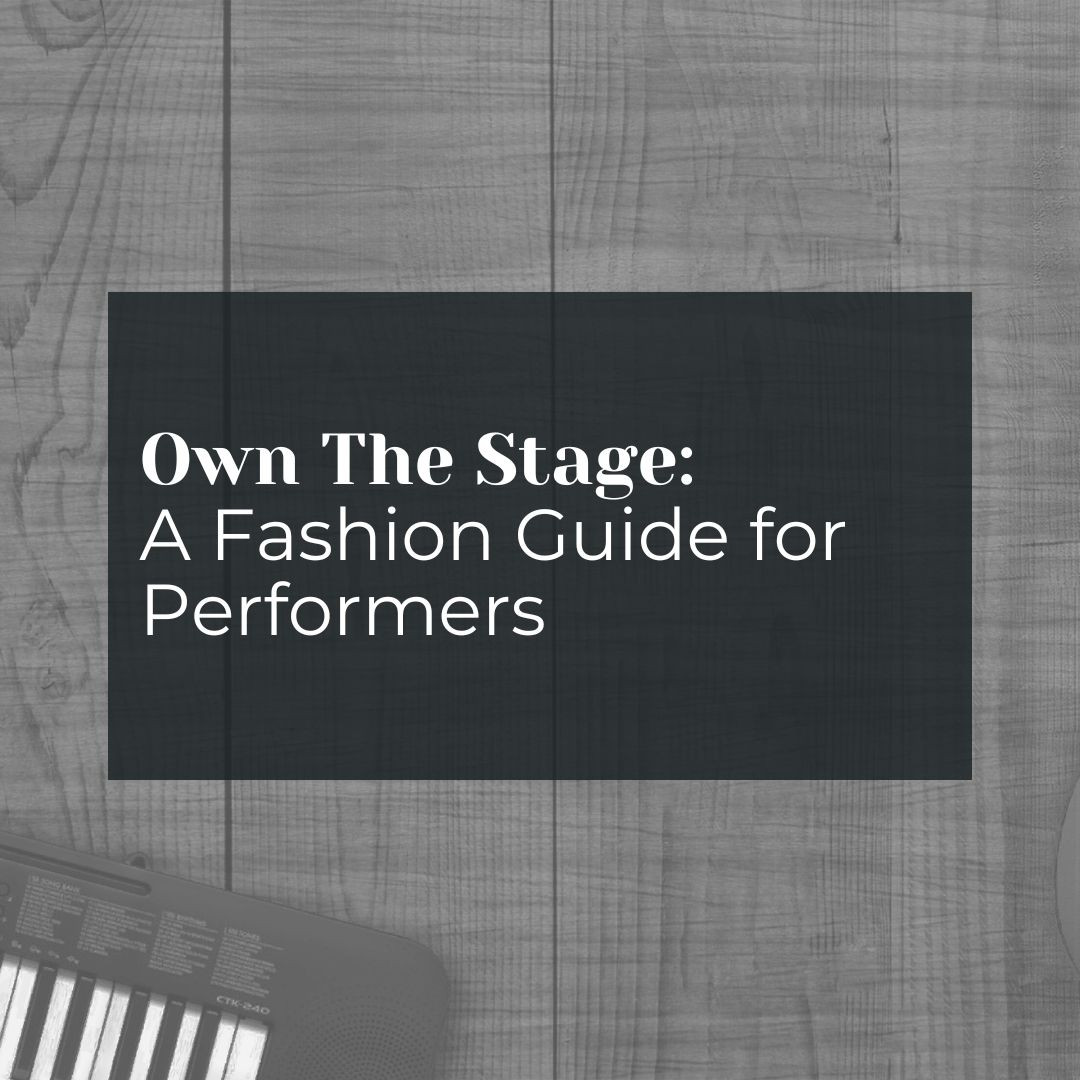
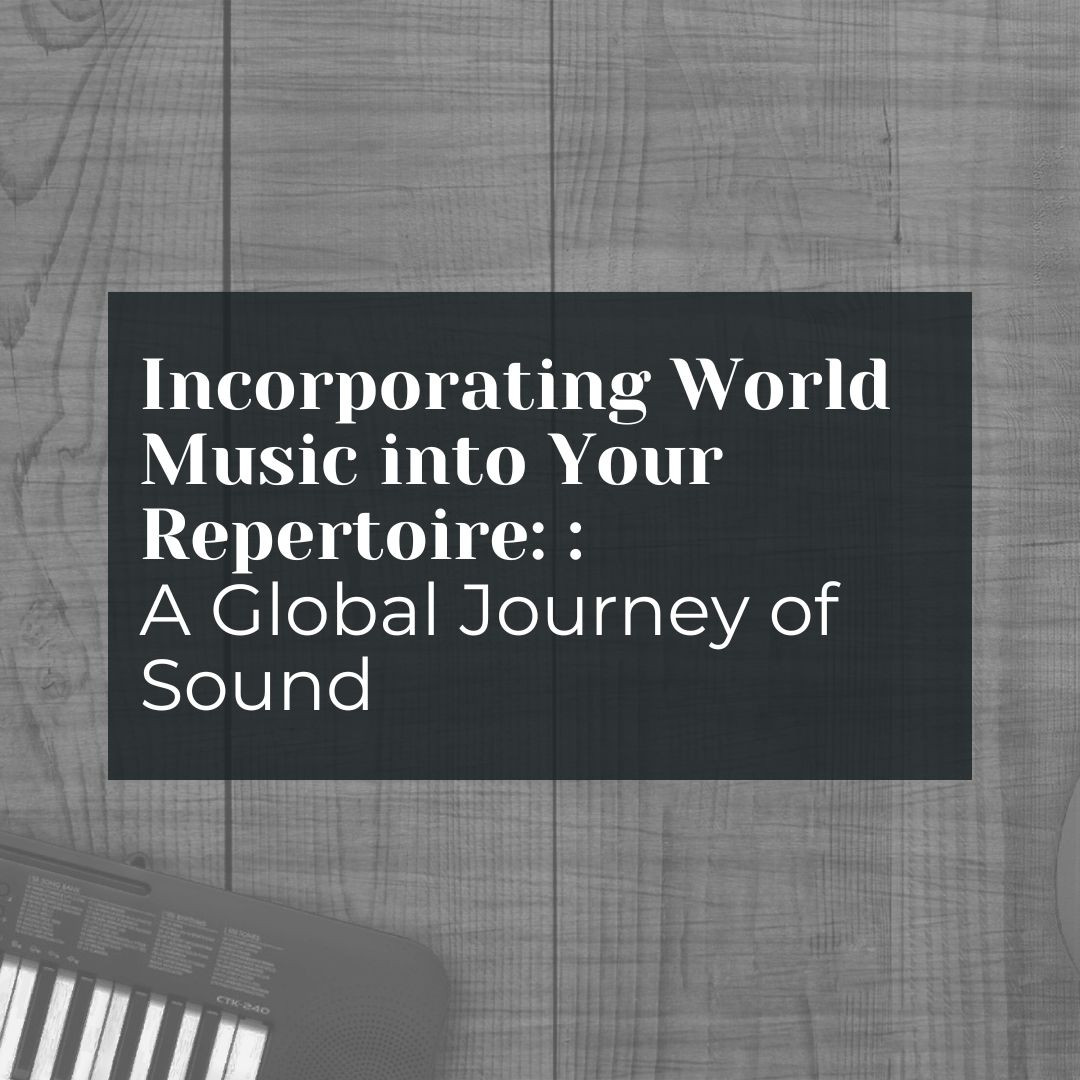
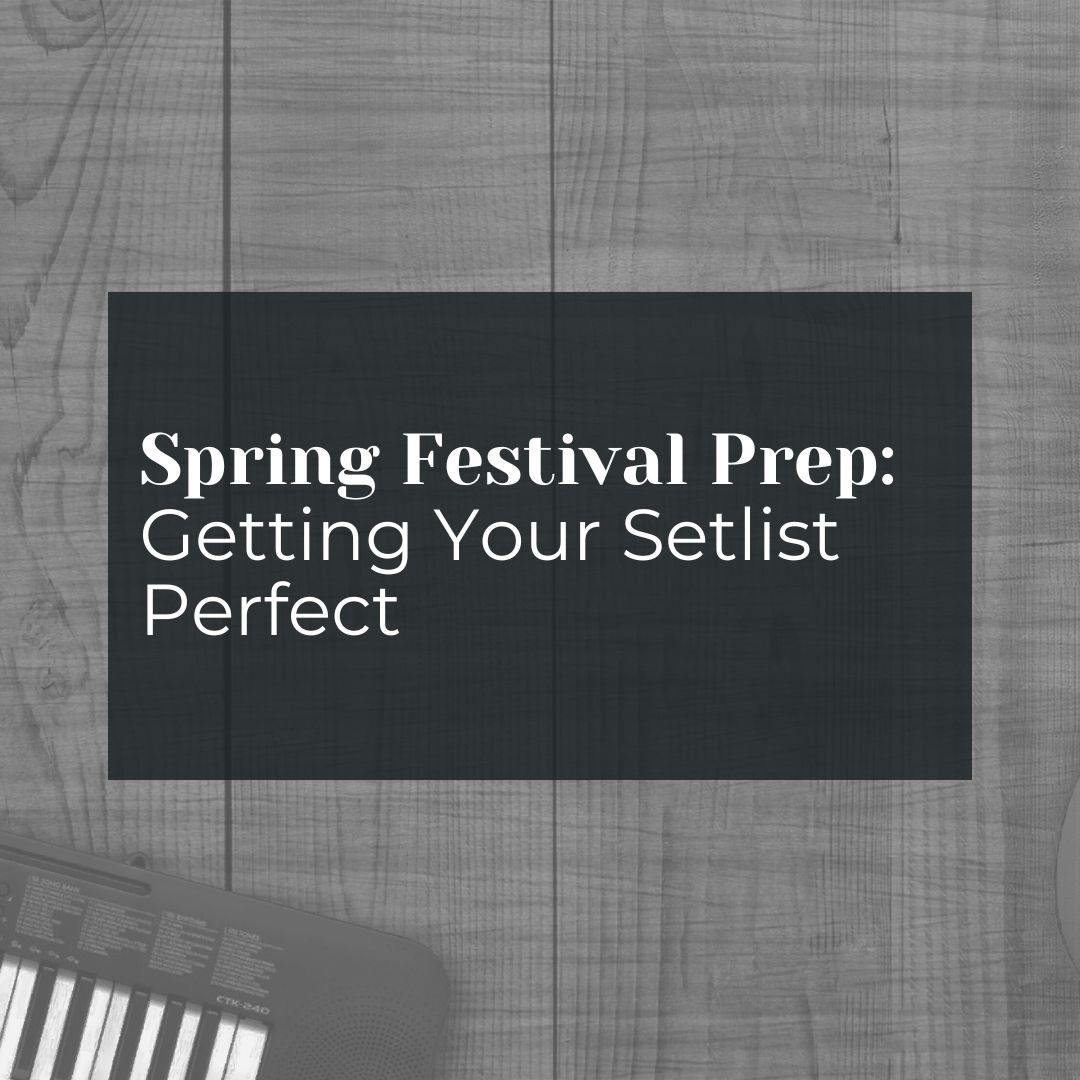
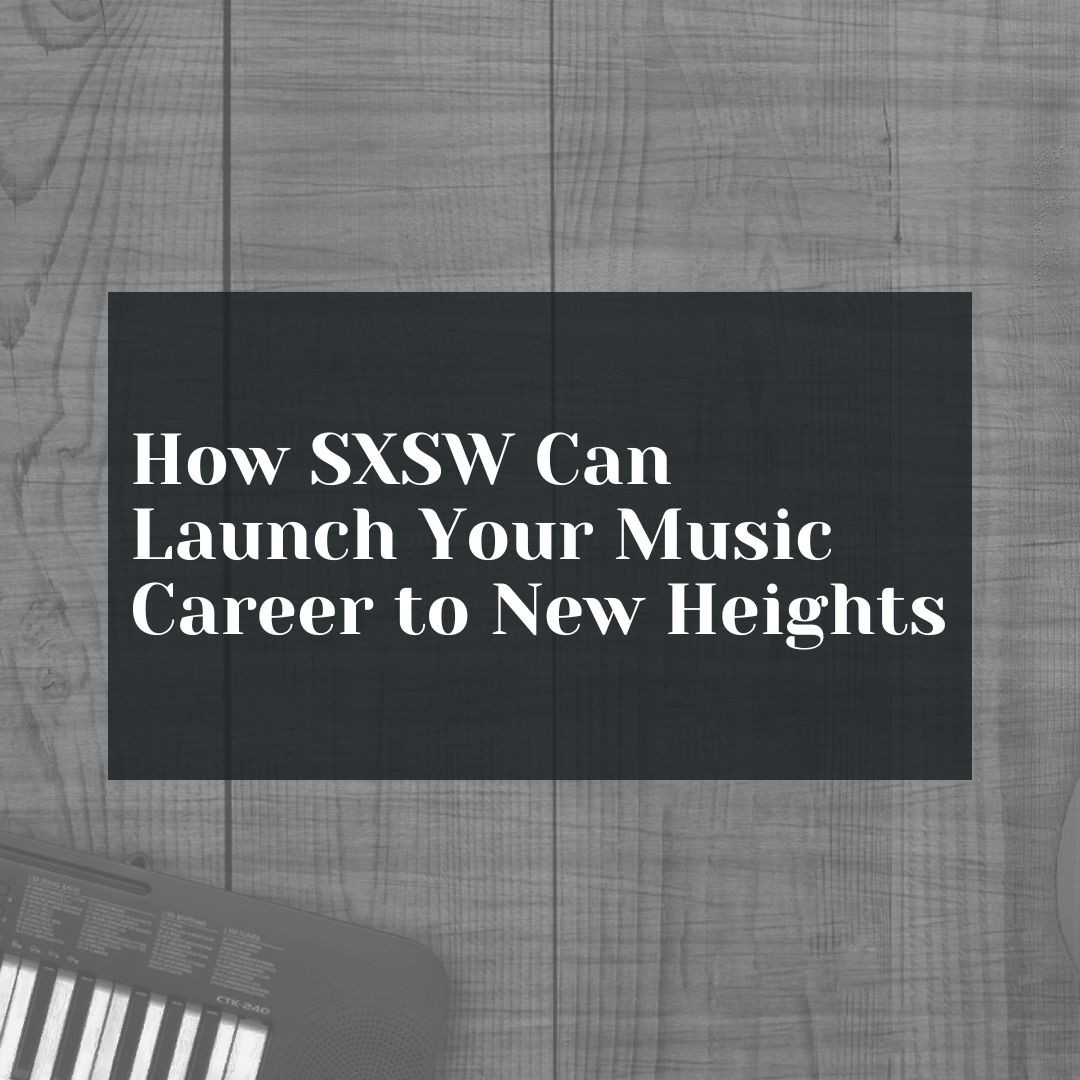
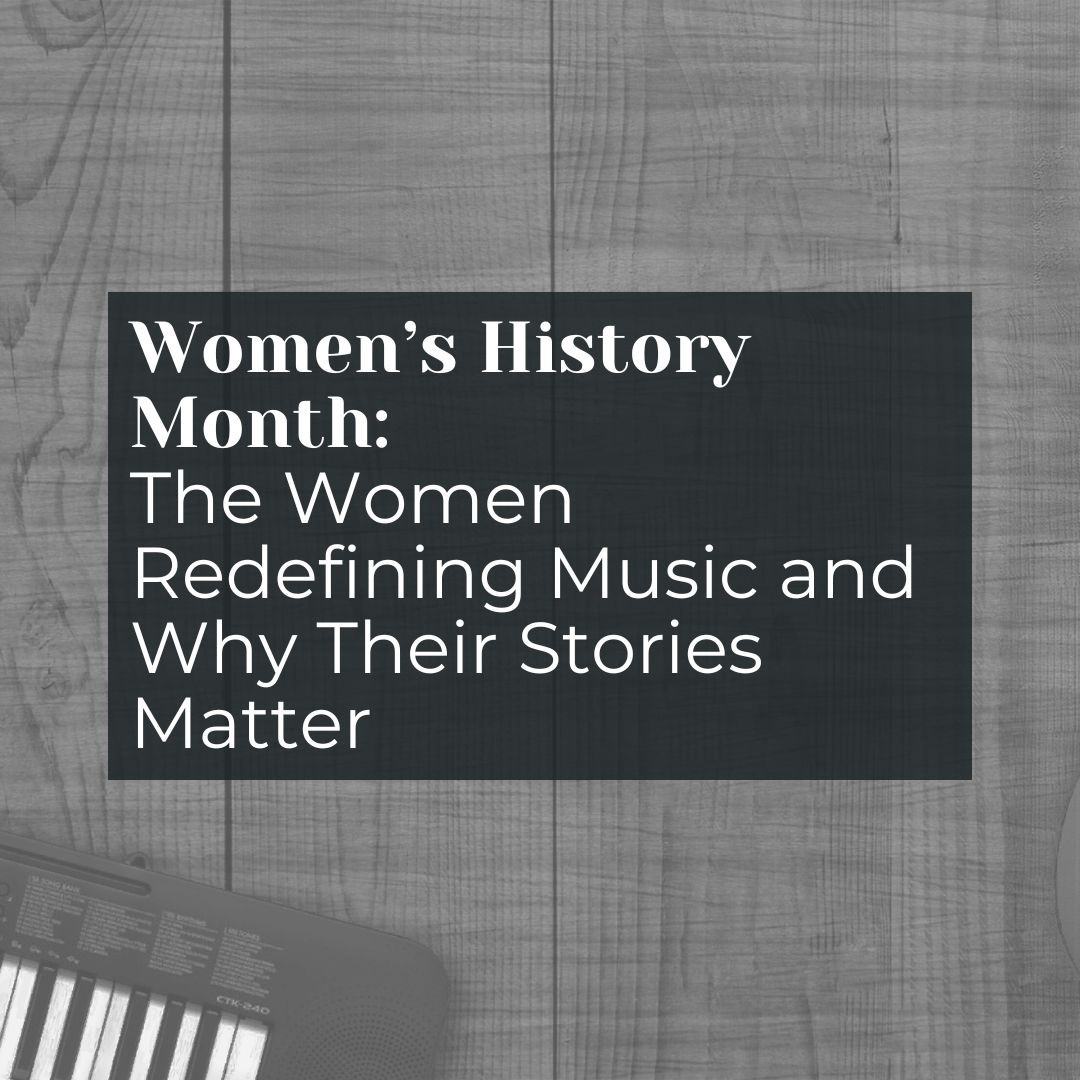
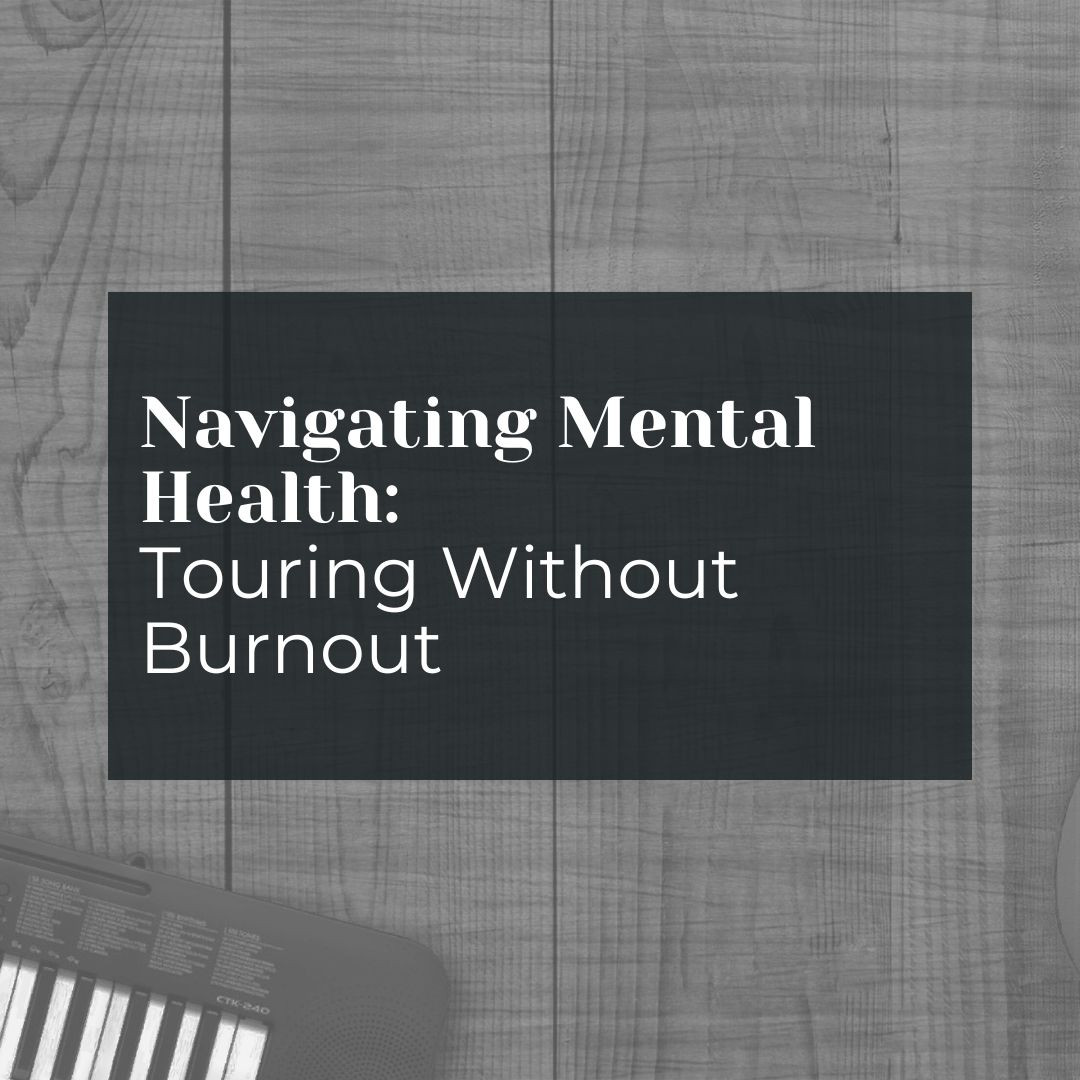
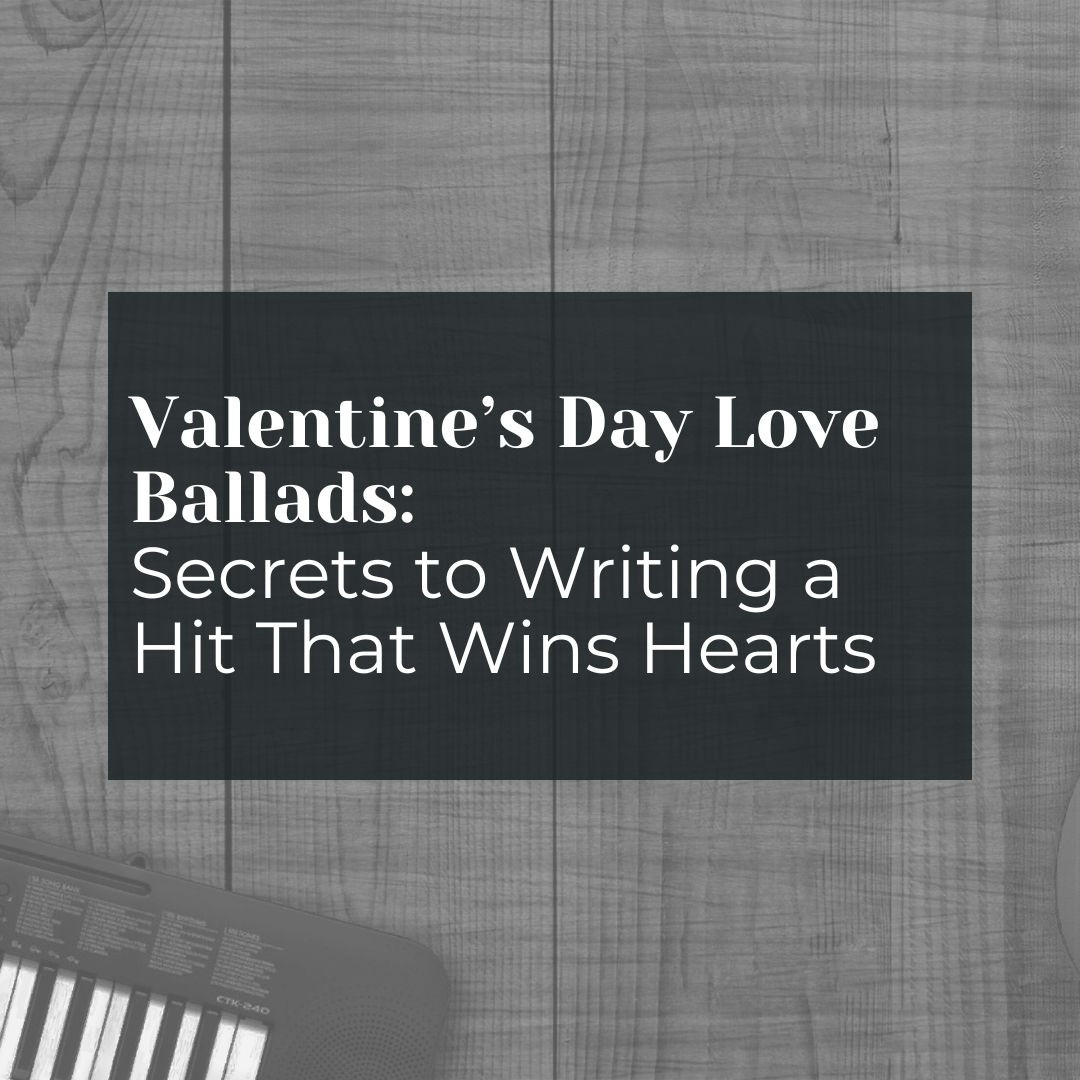
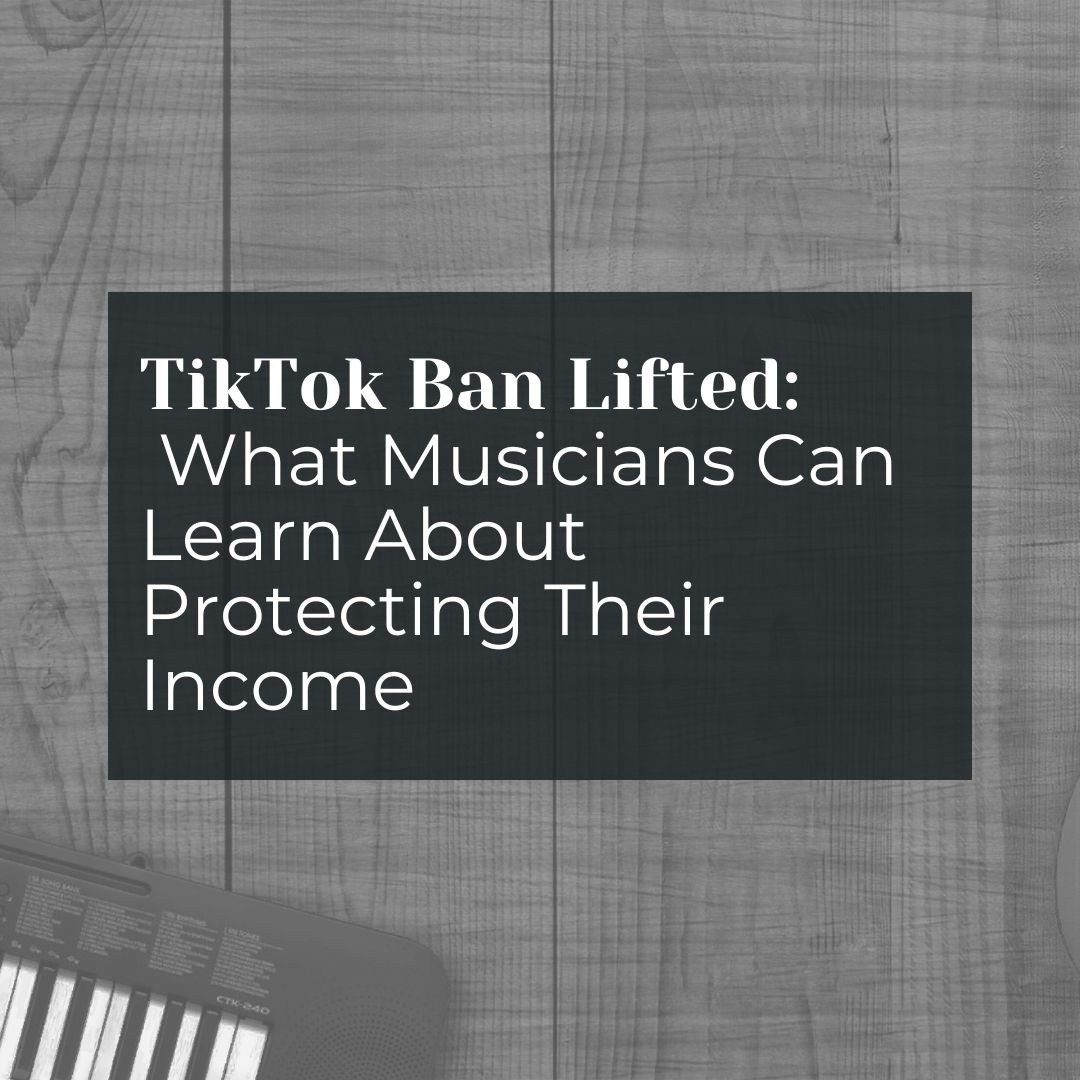
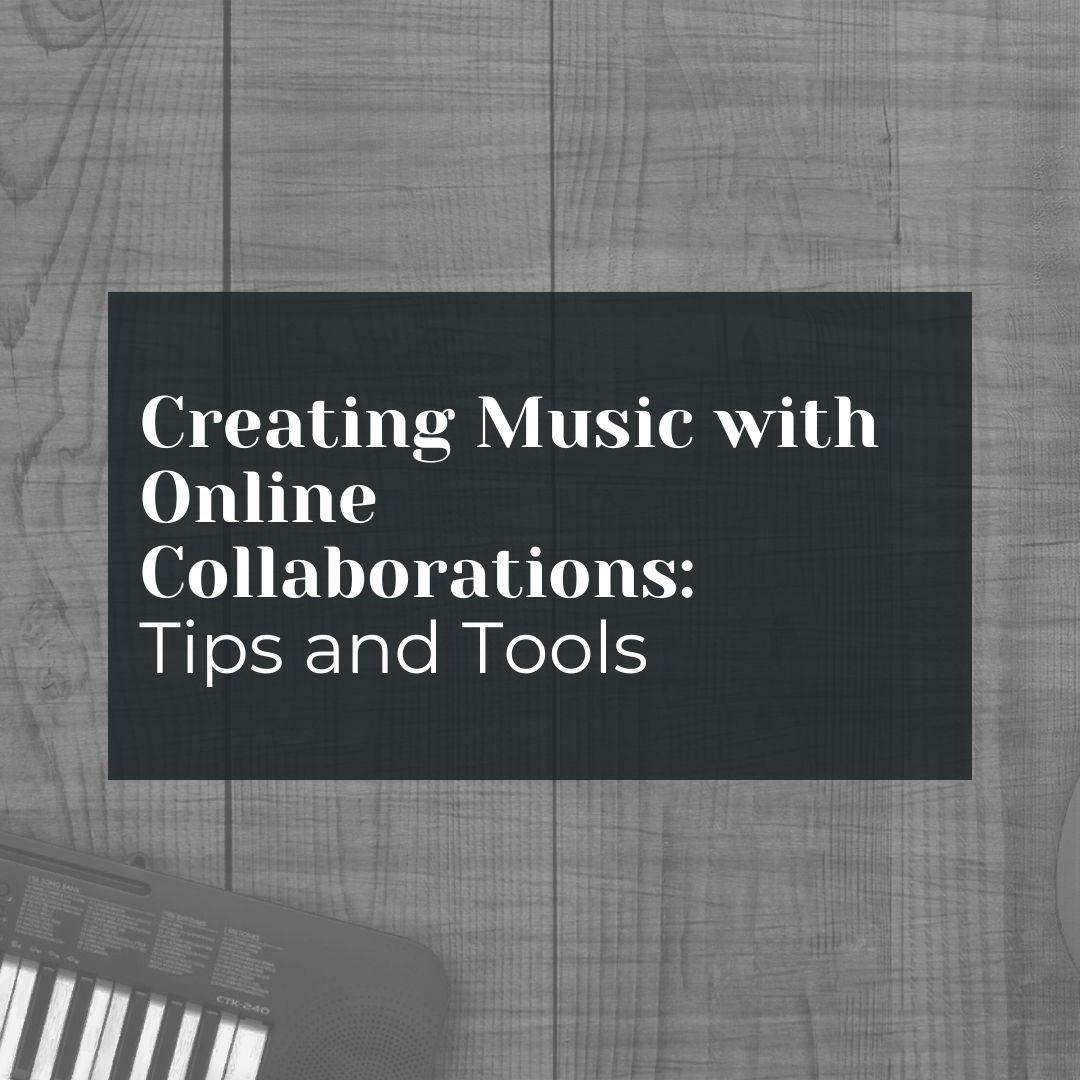
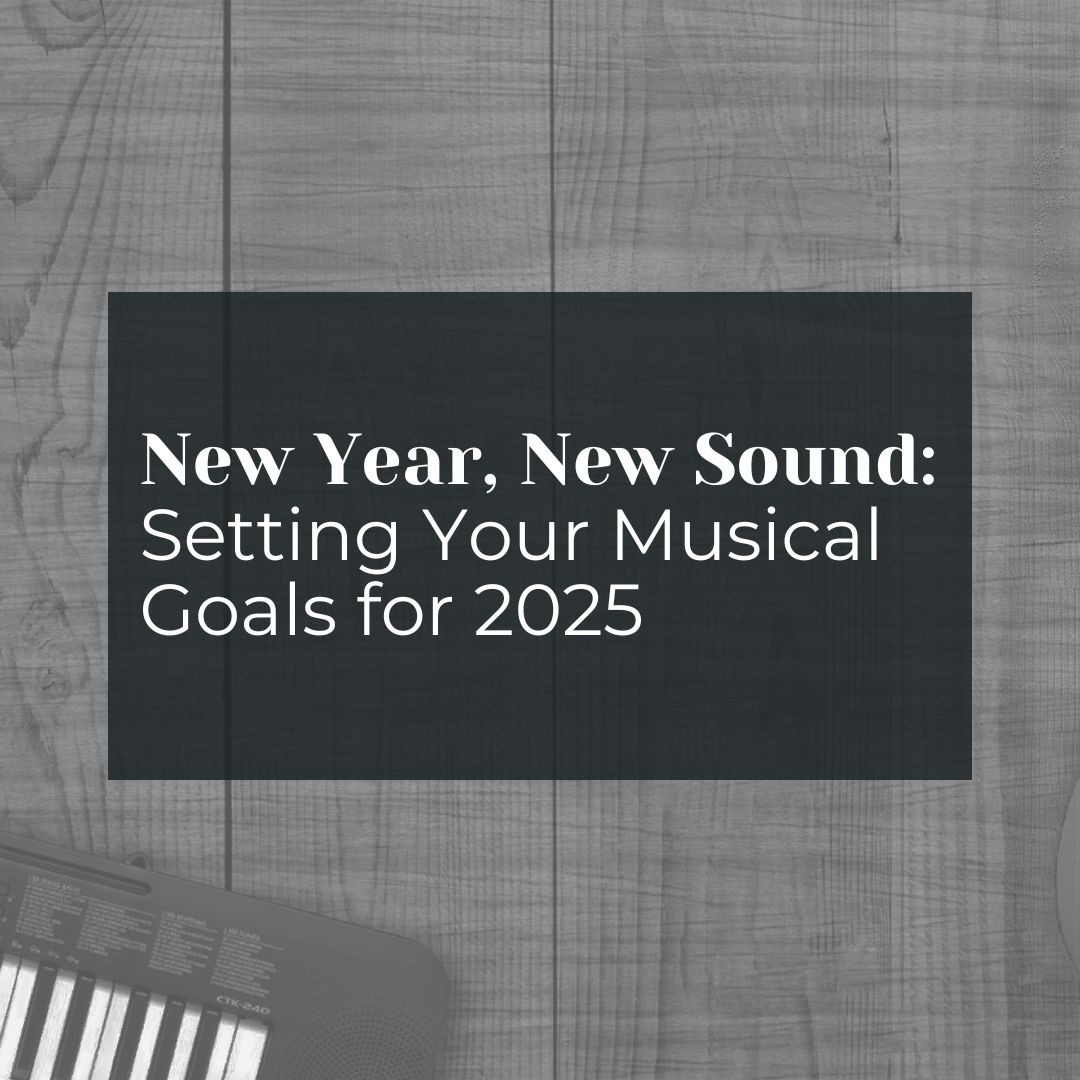
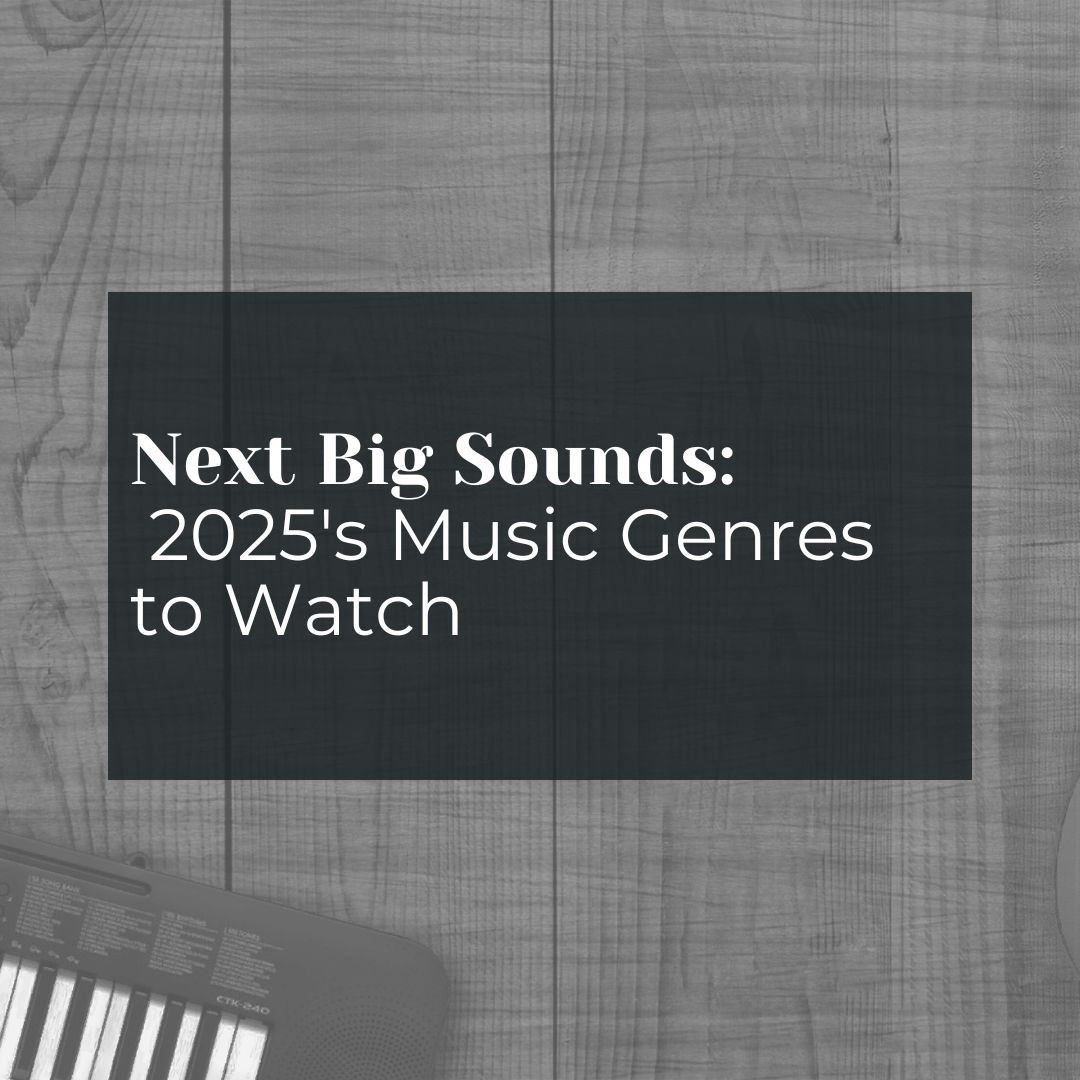
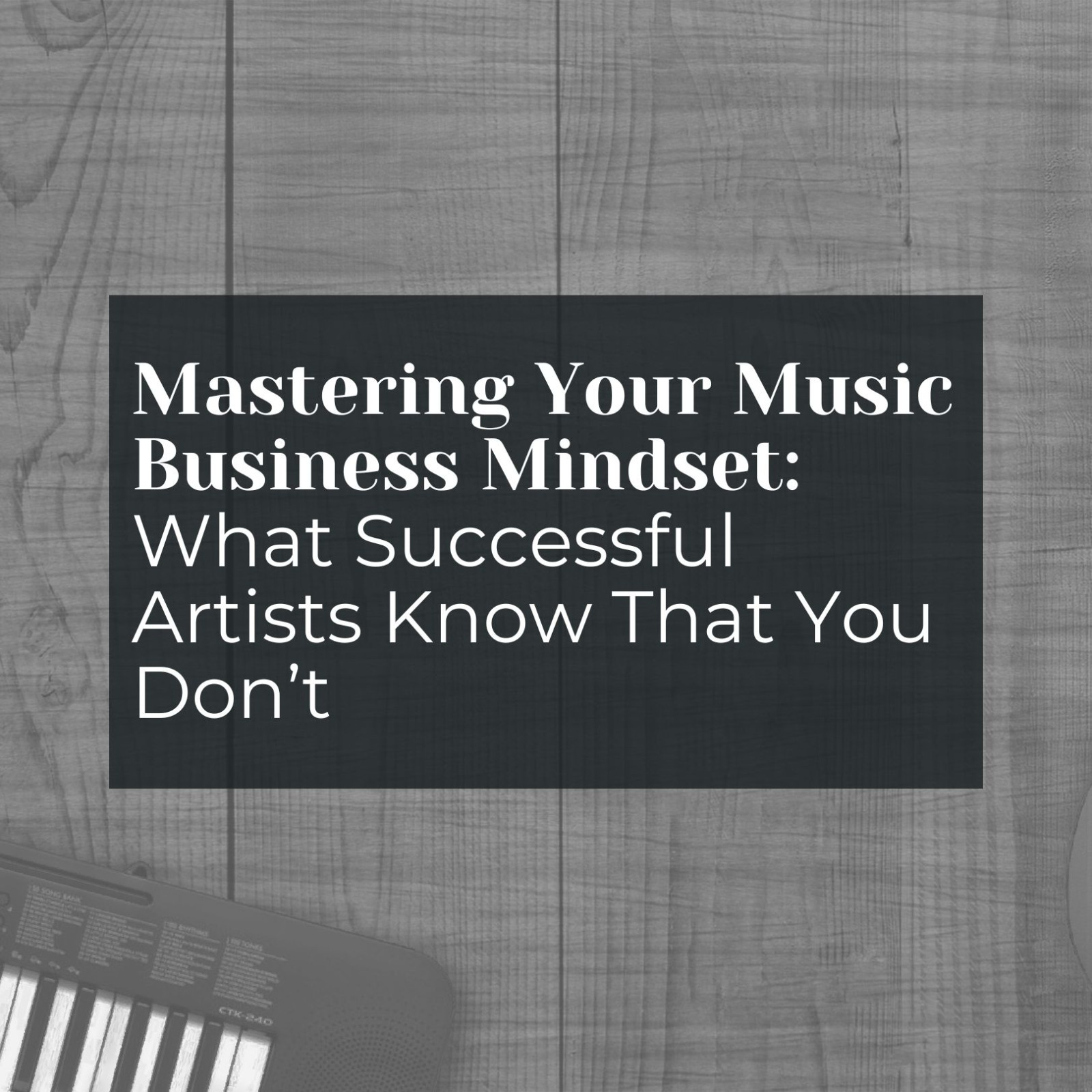

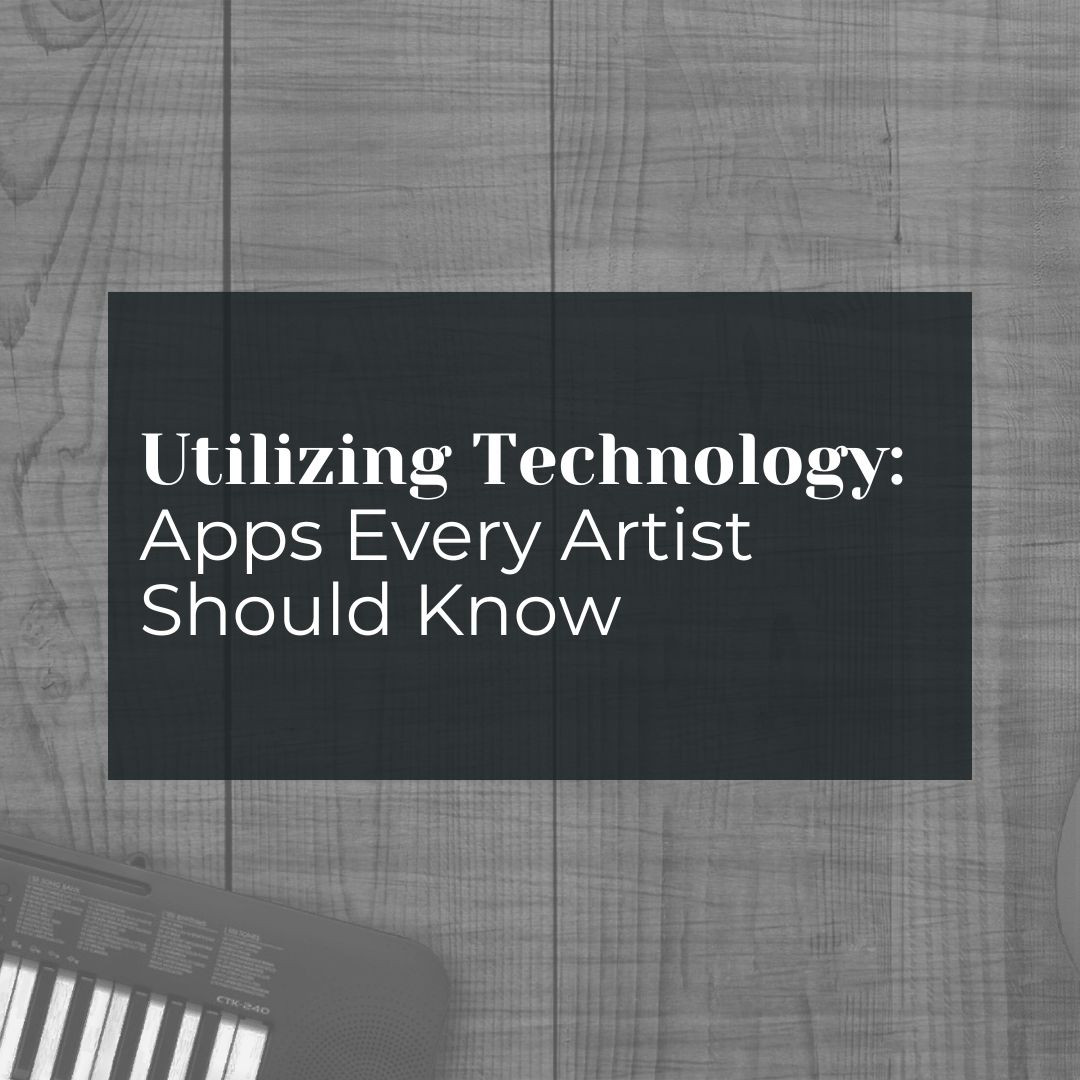

0 Comments